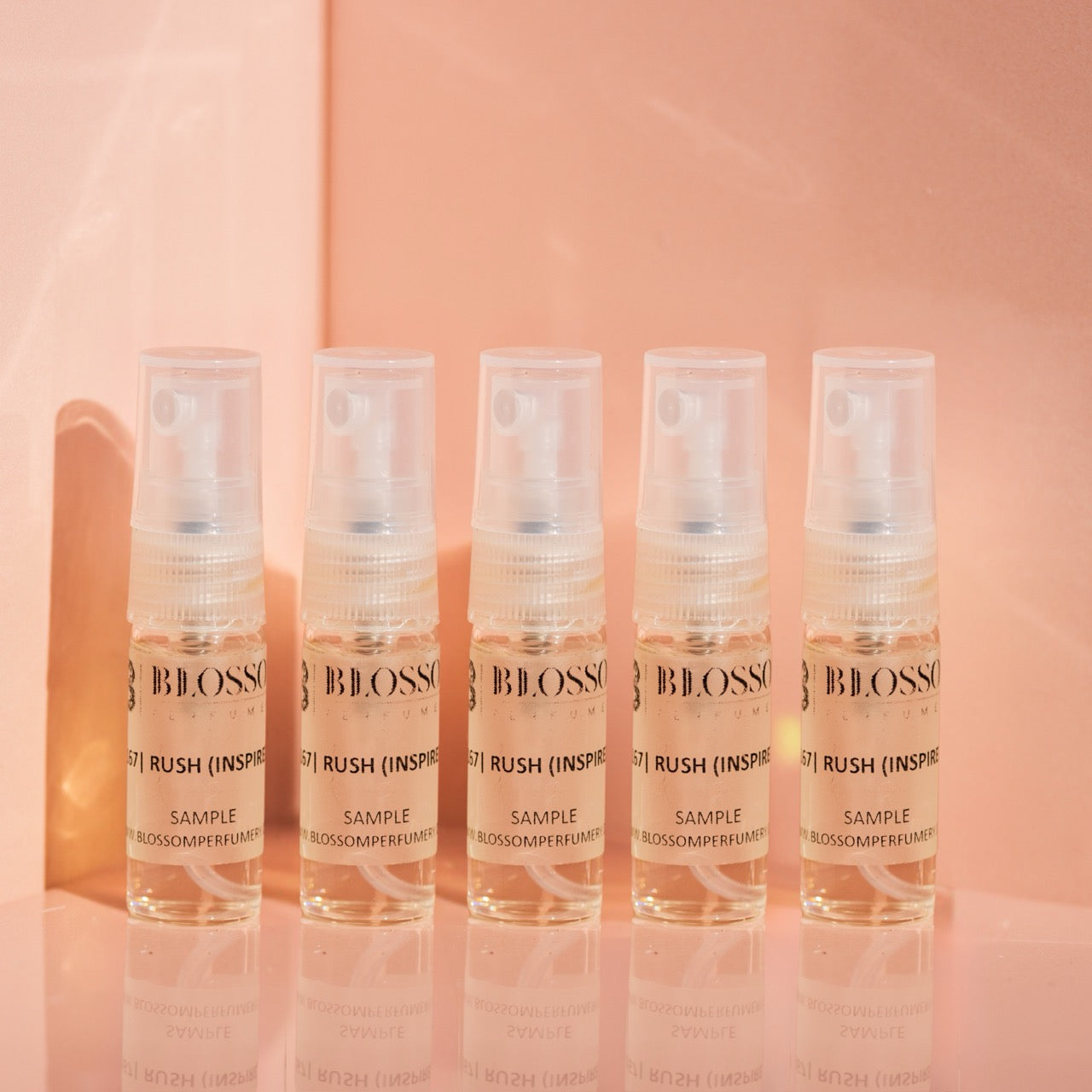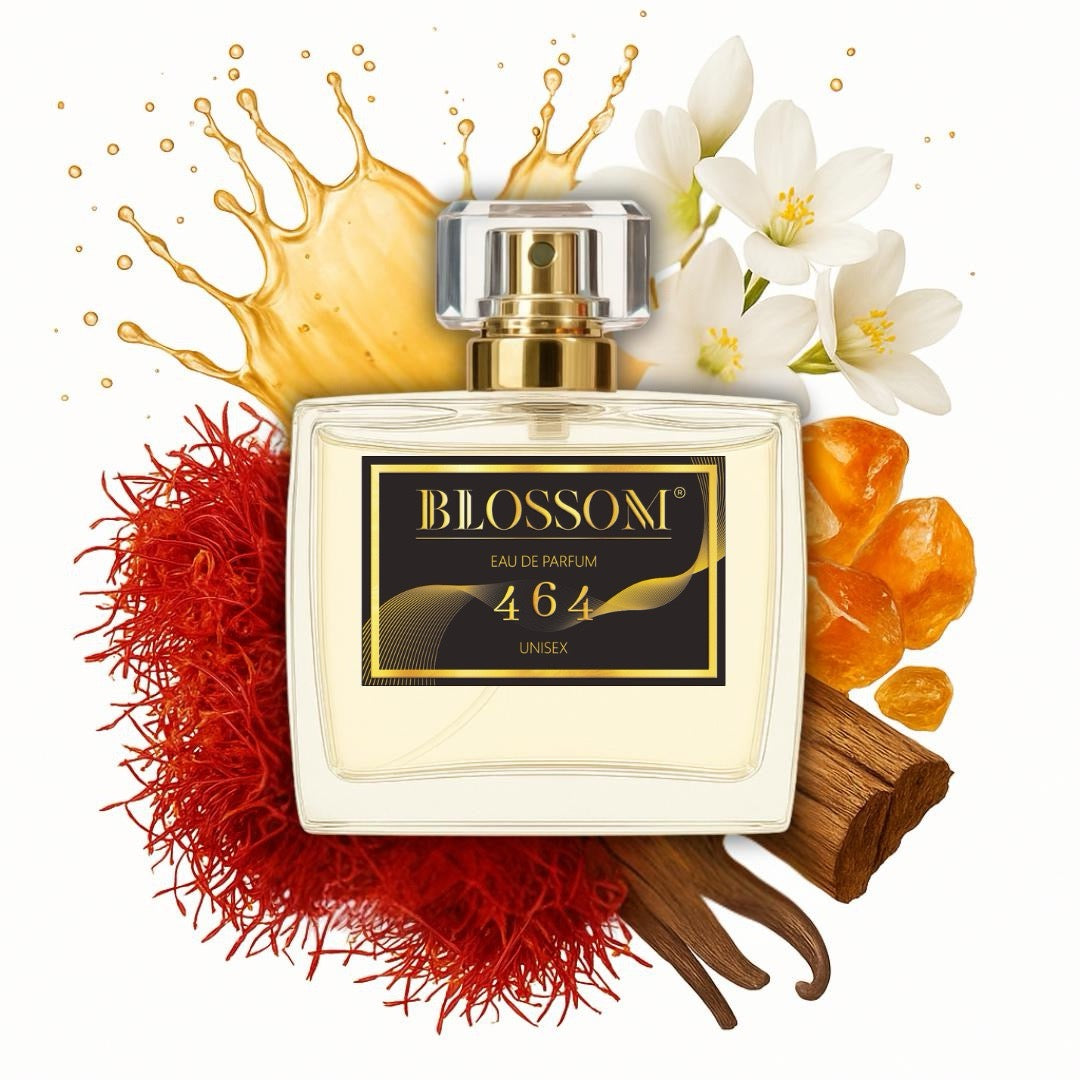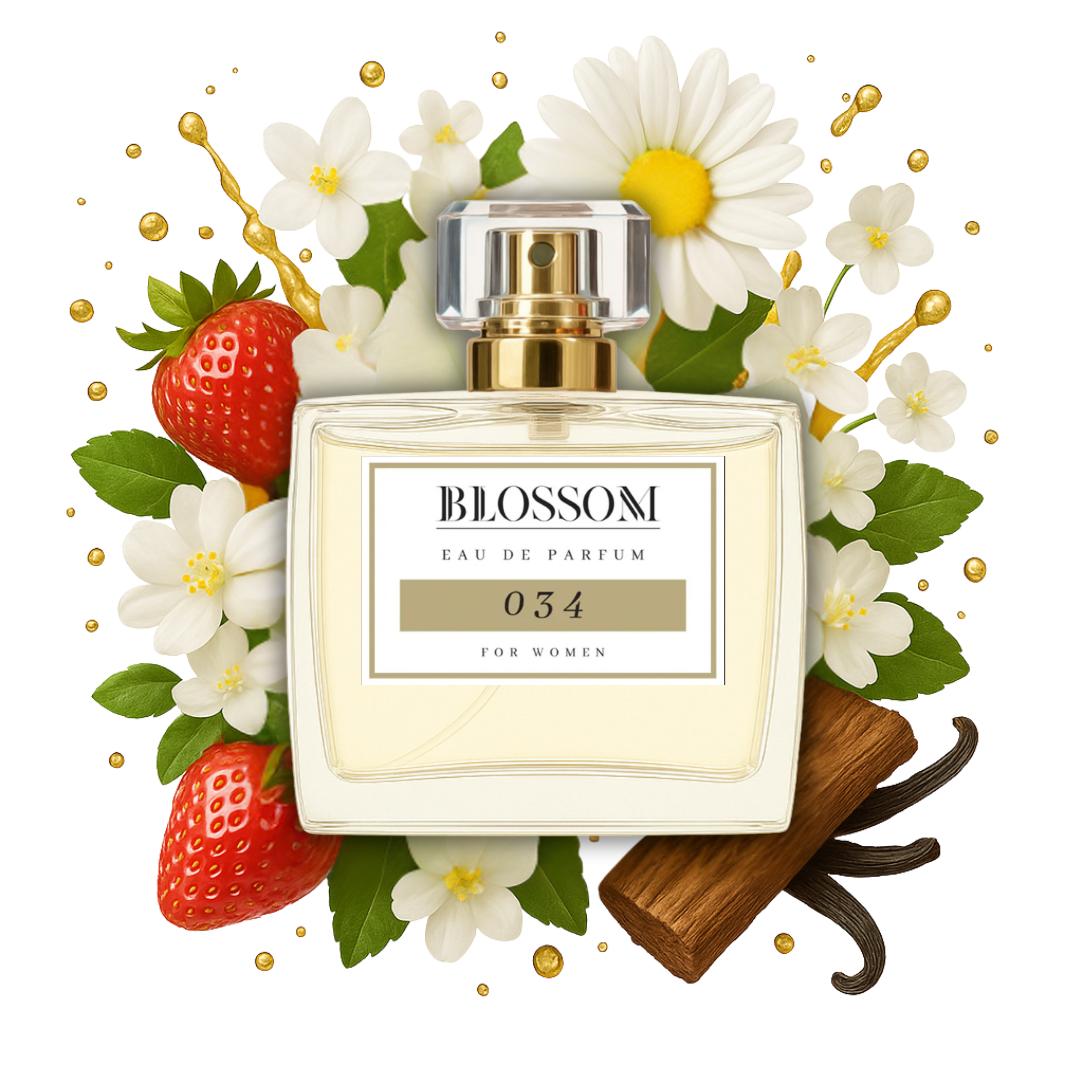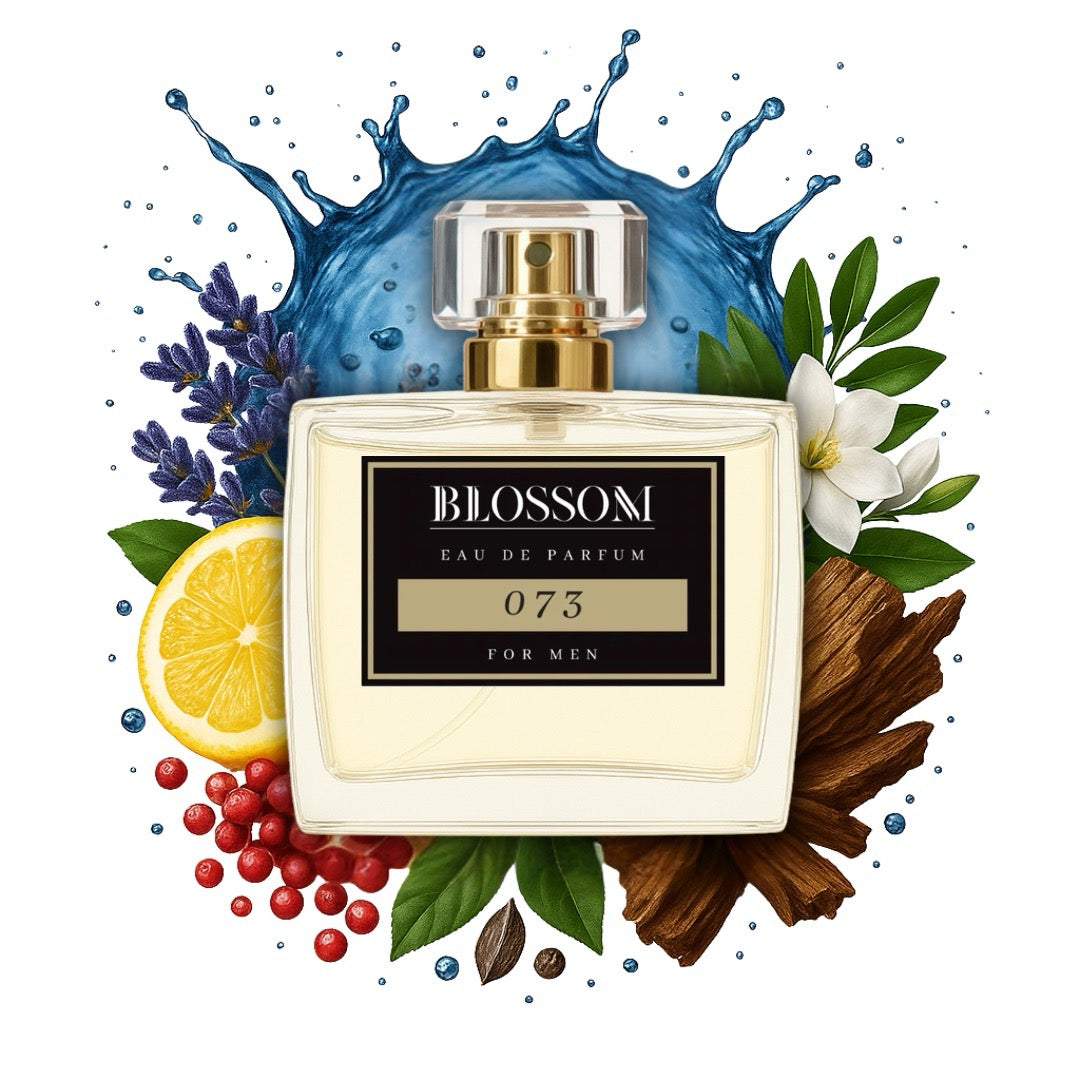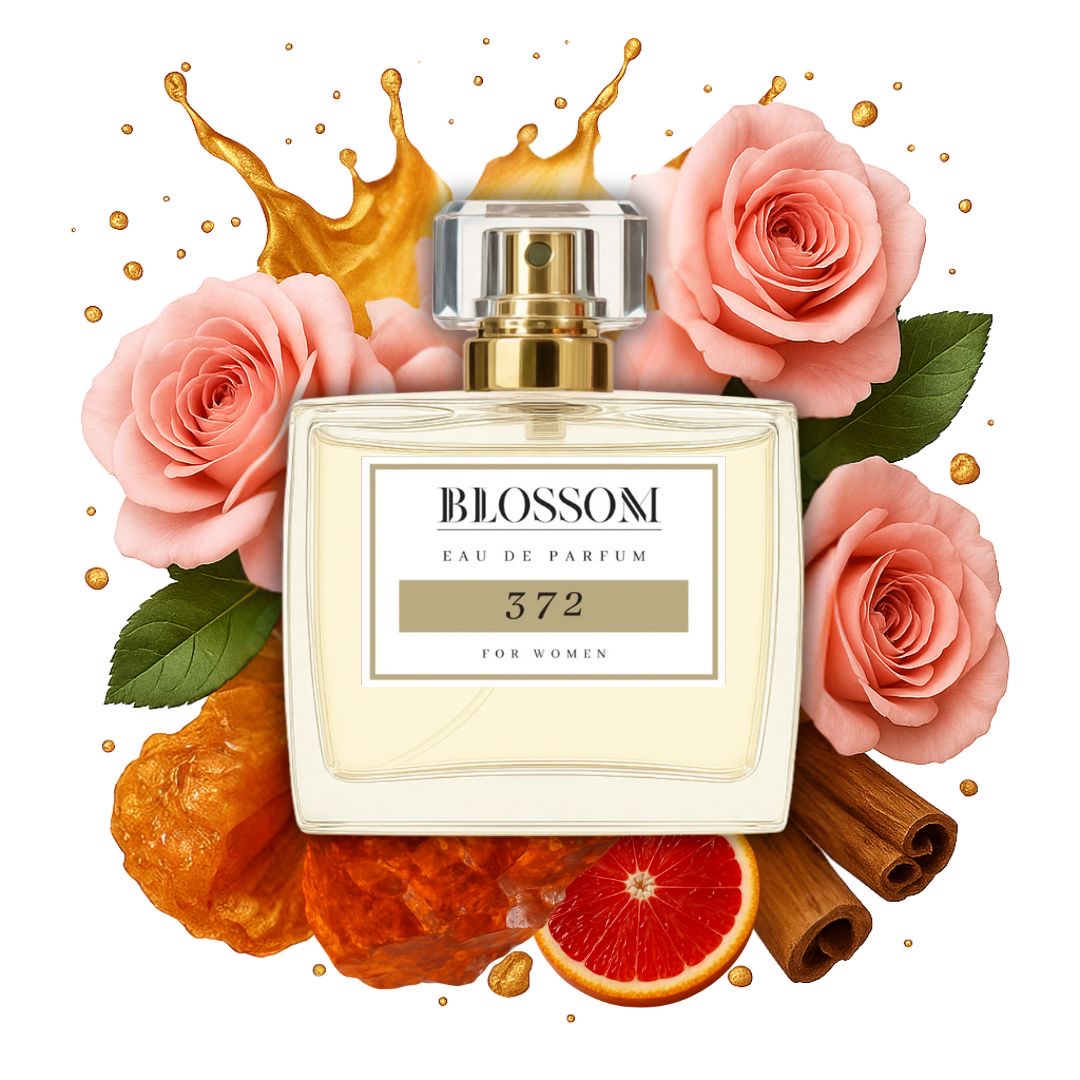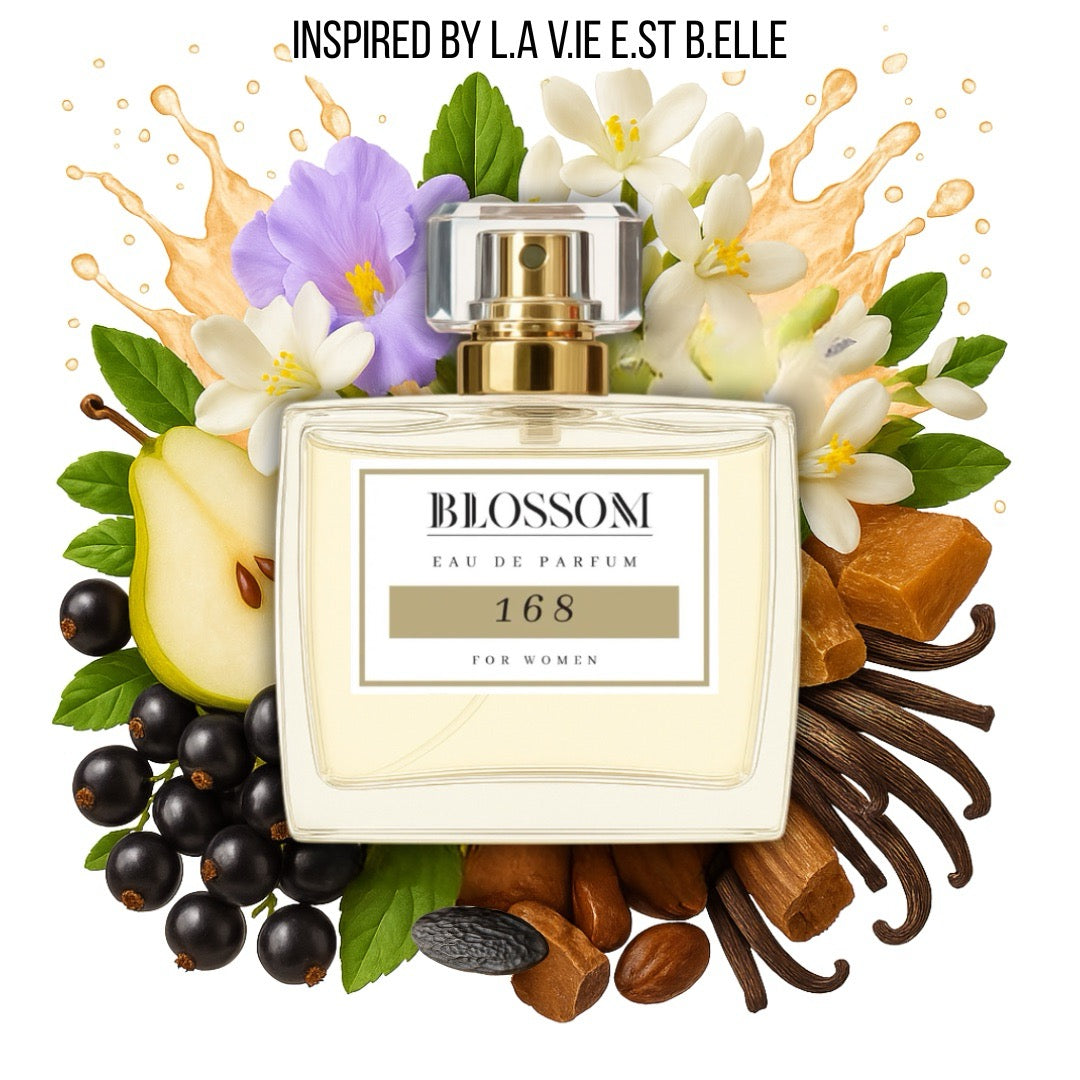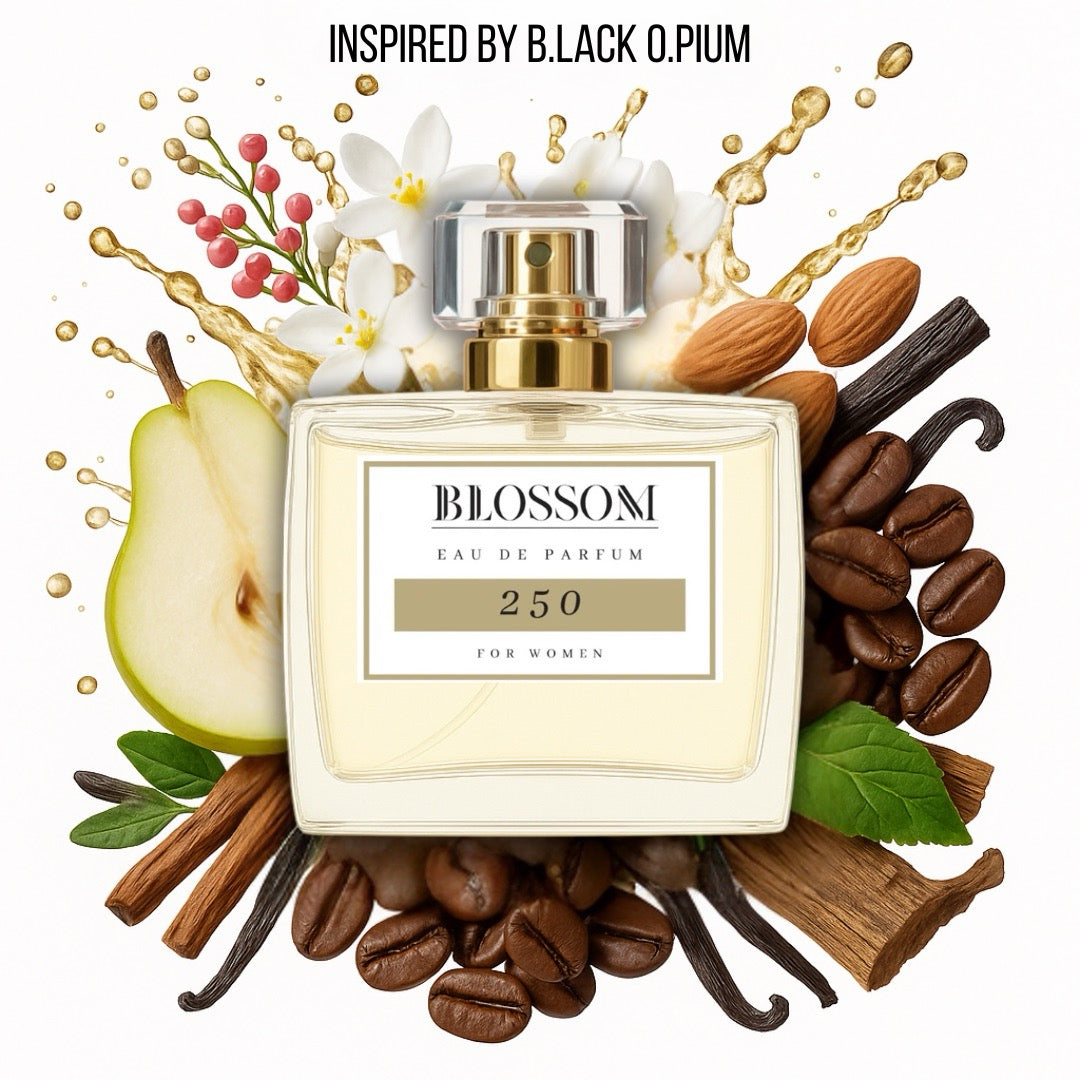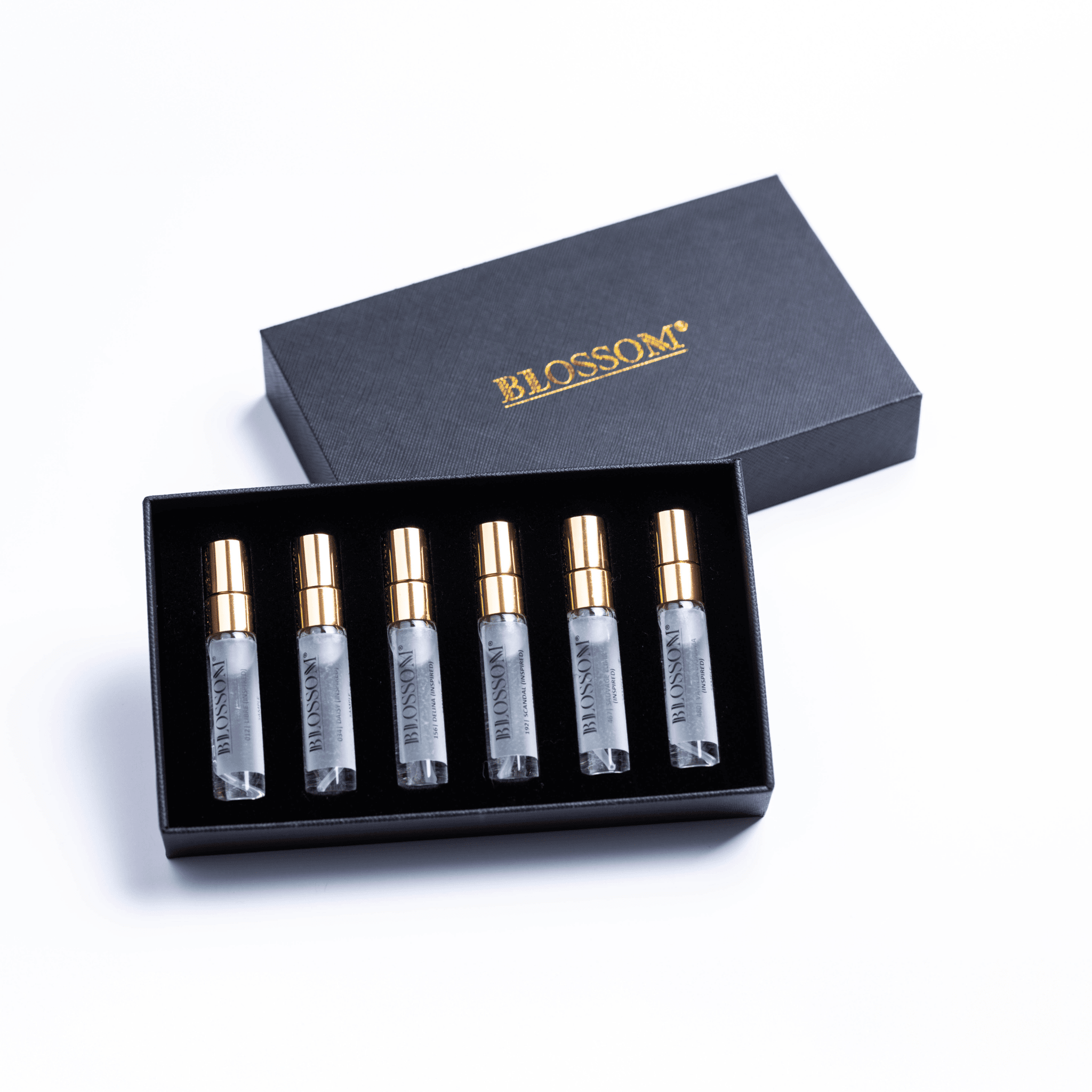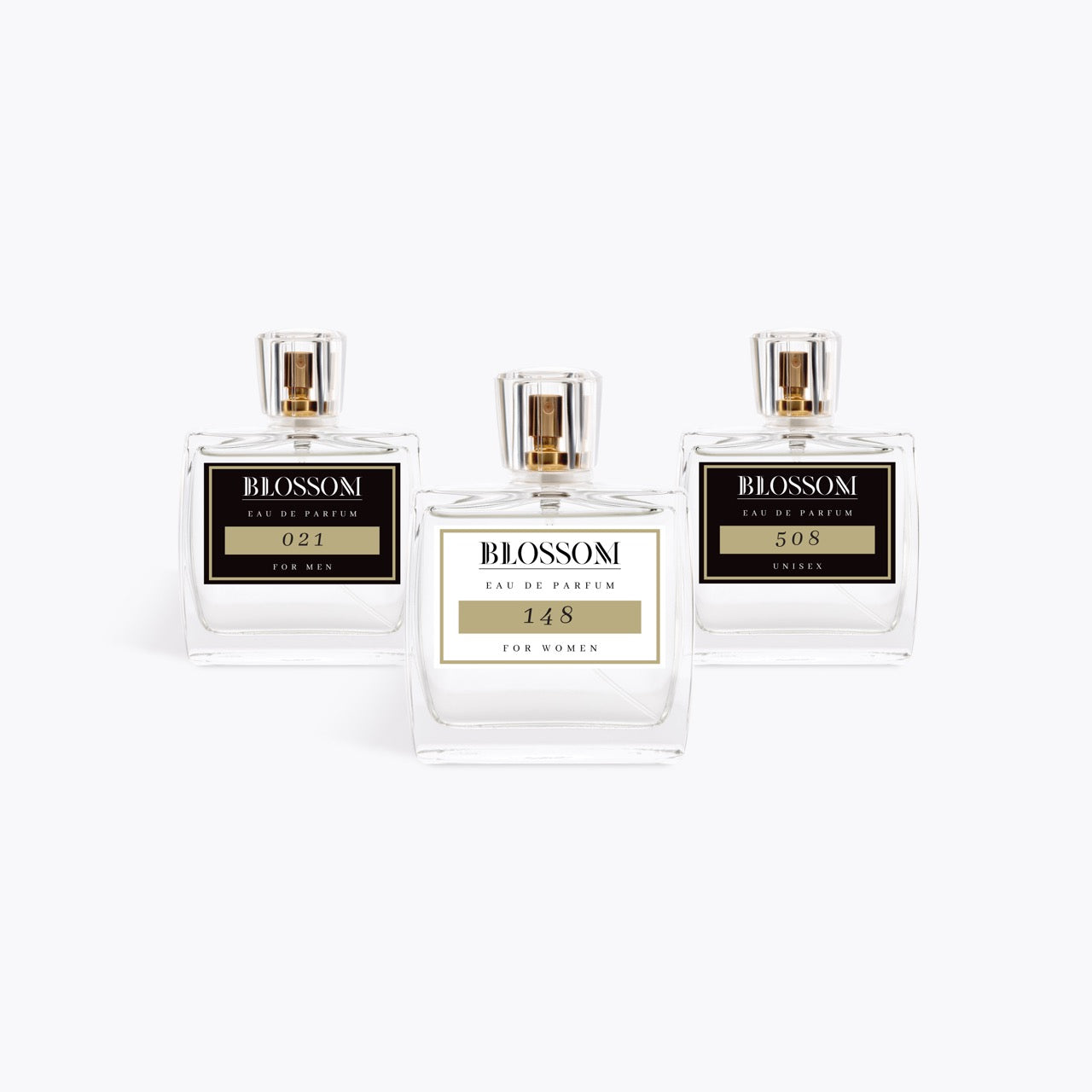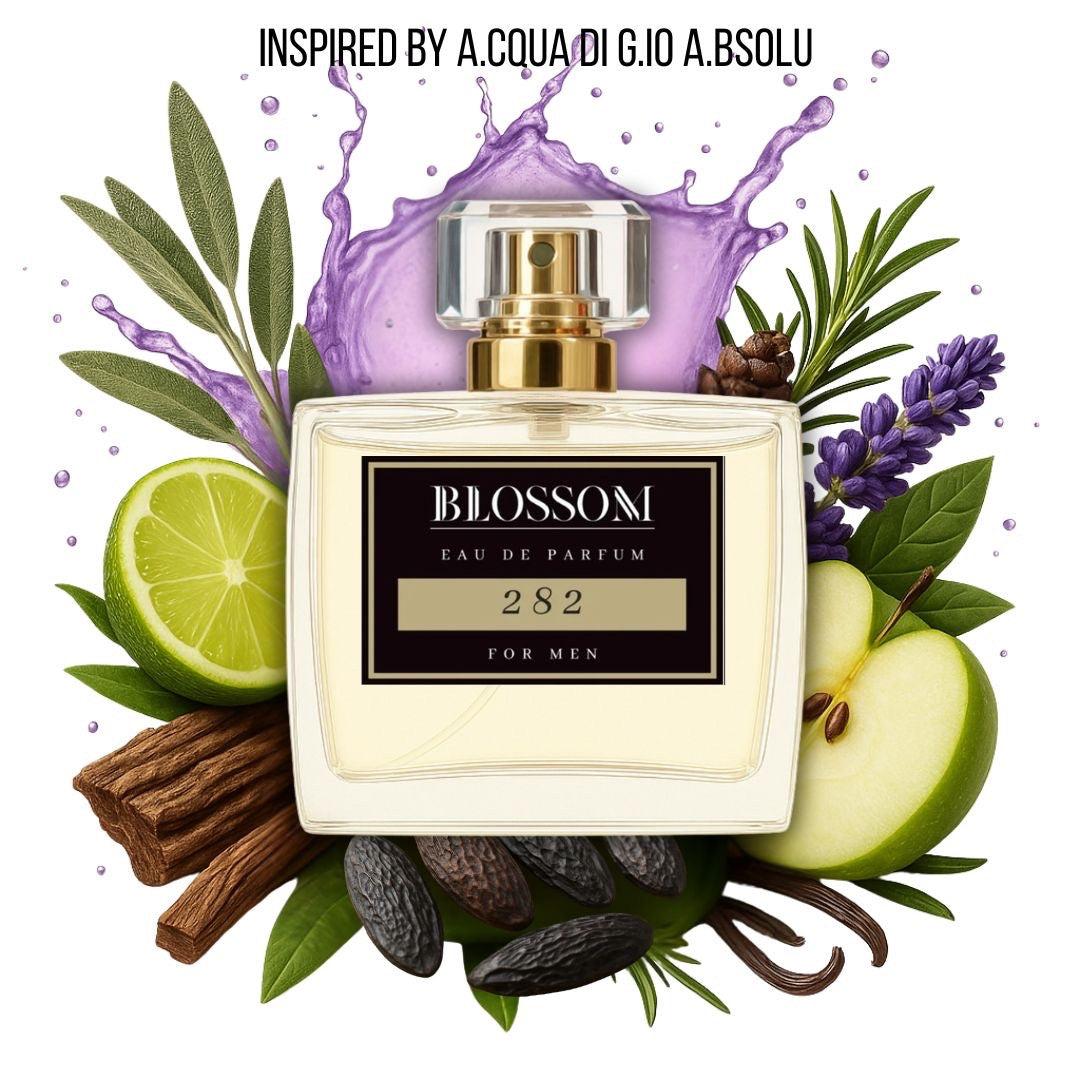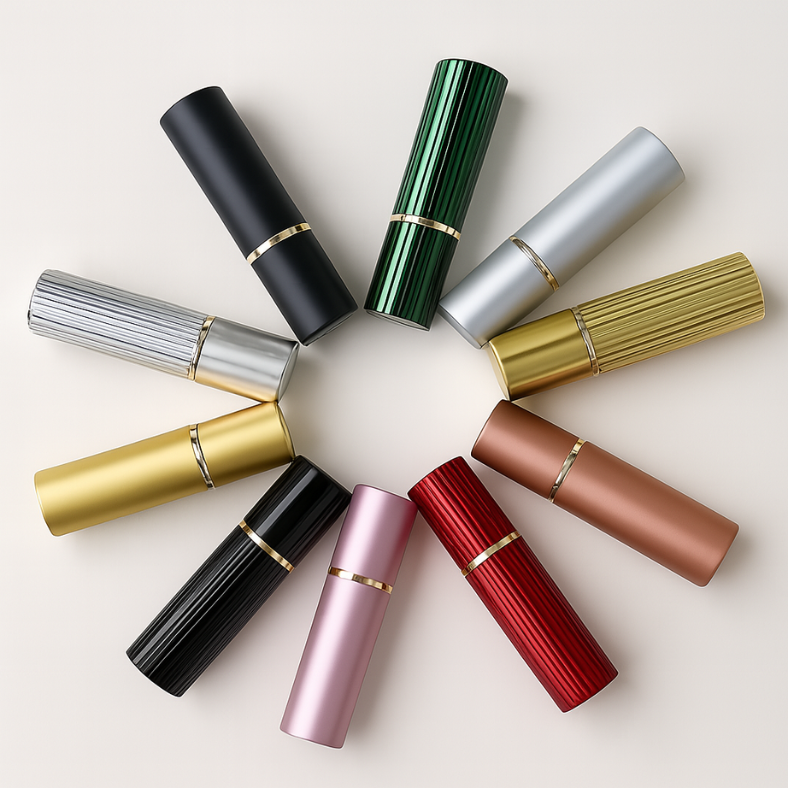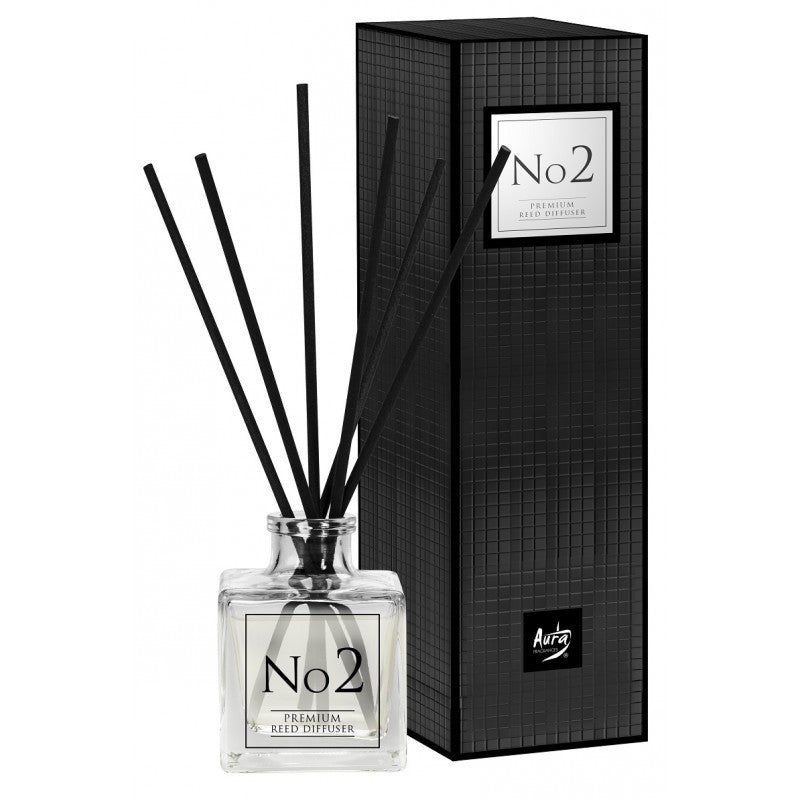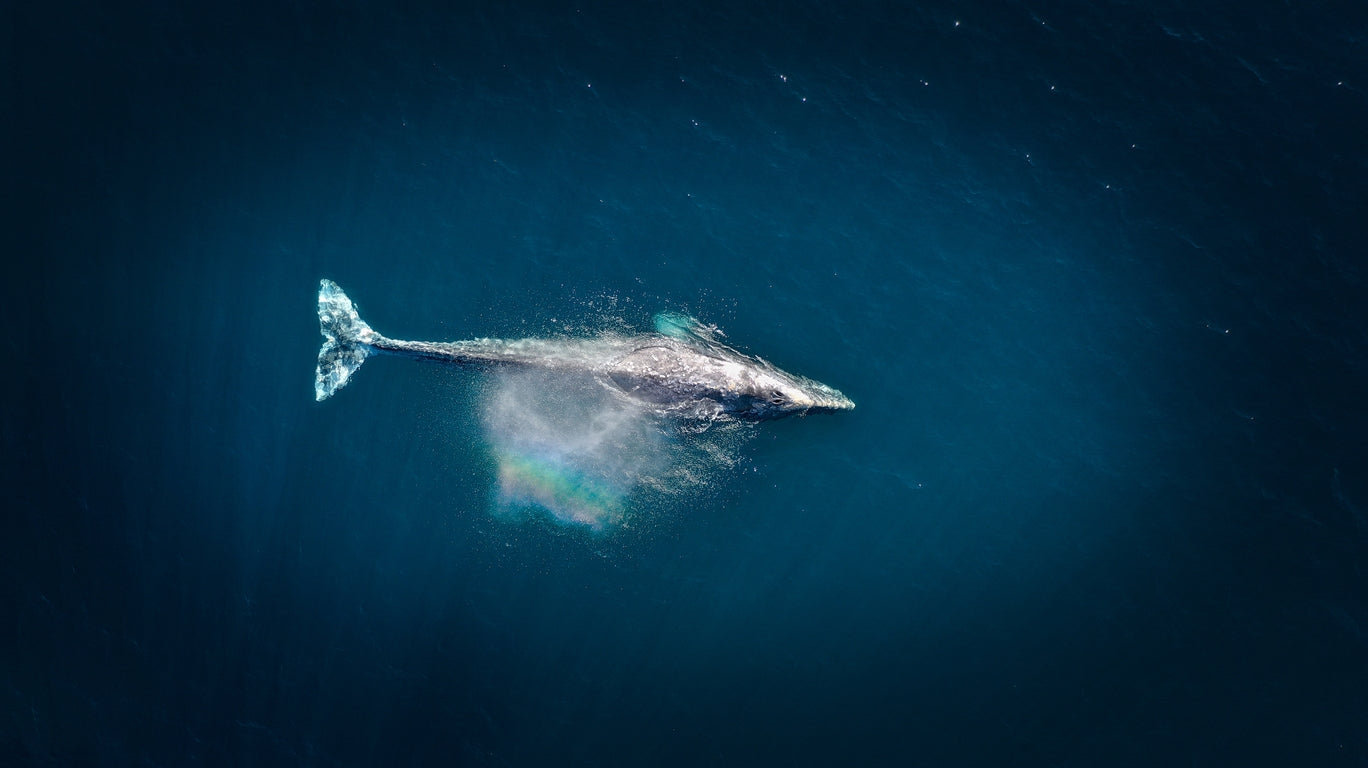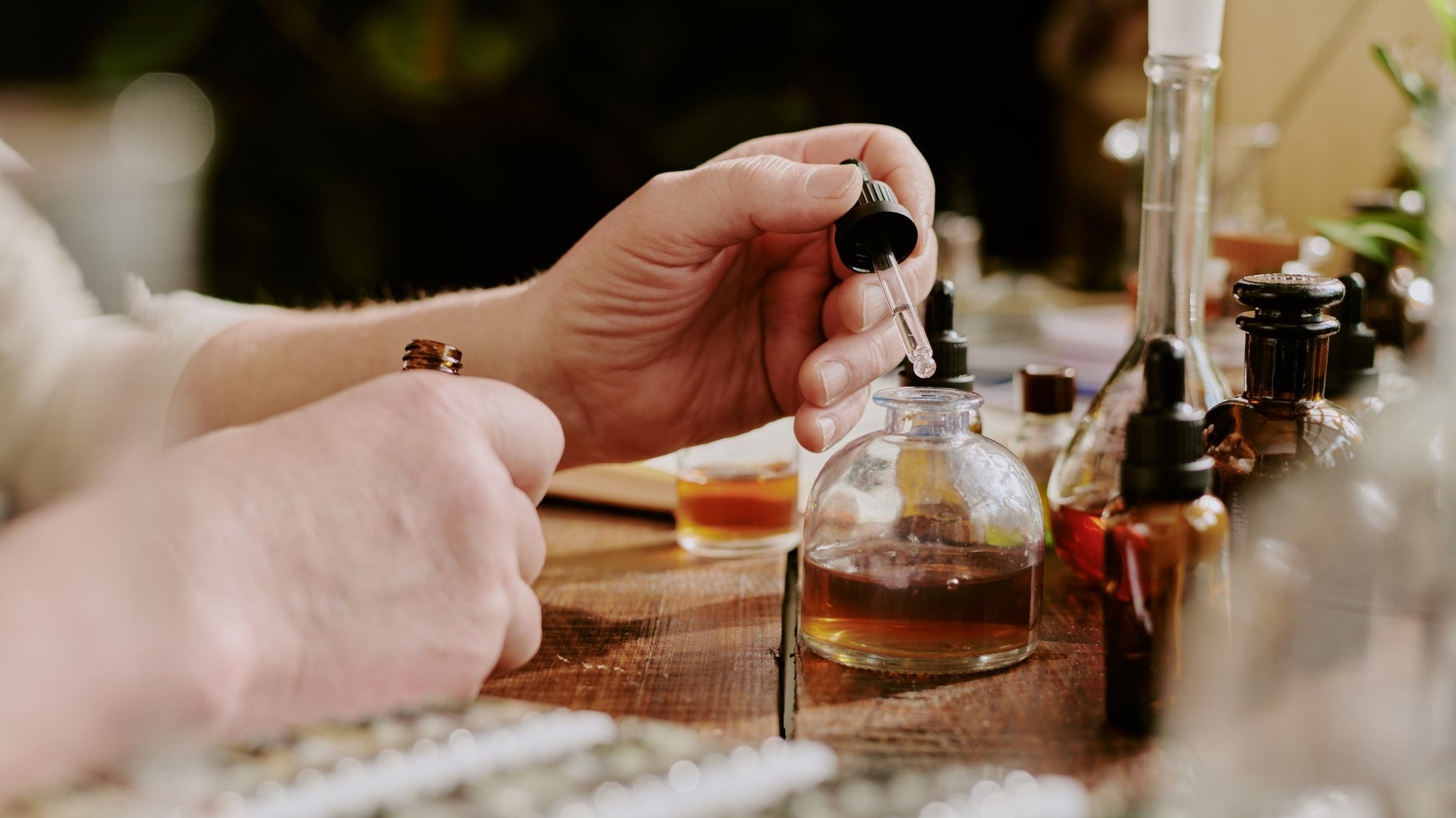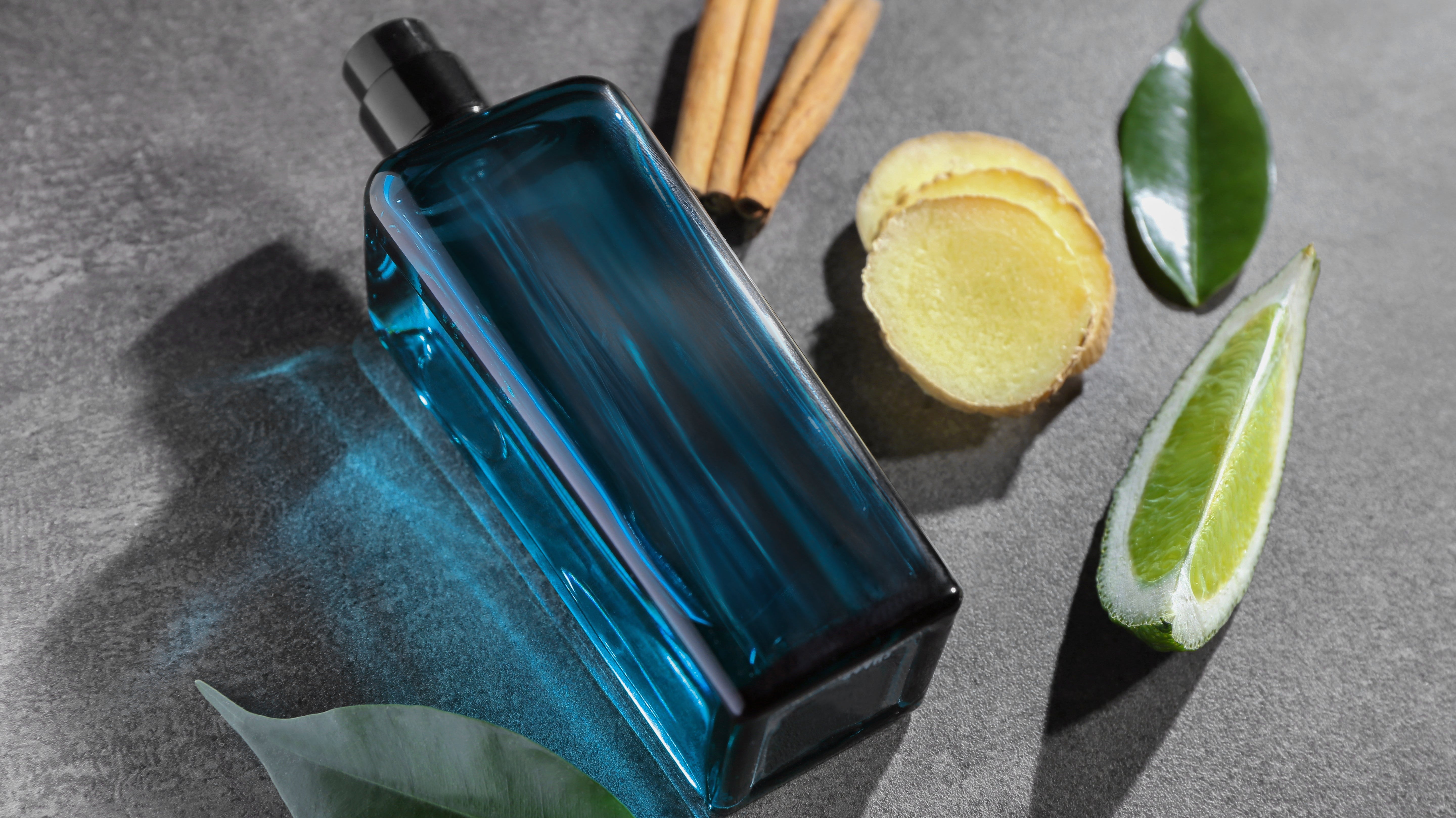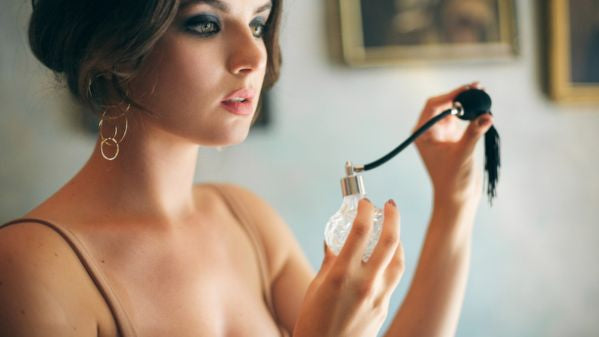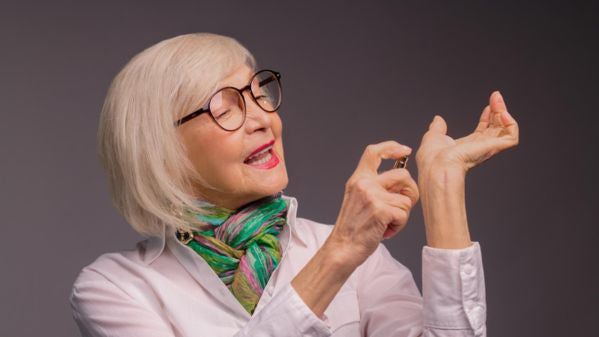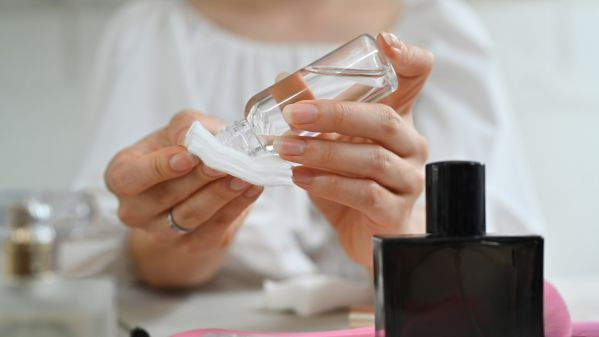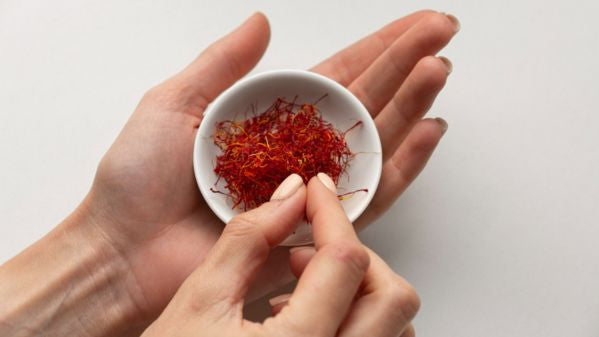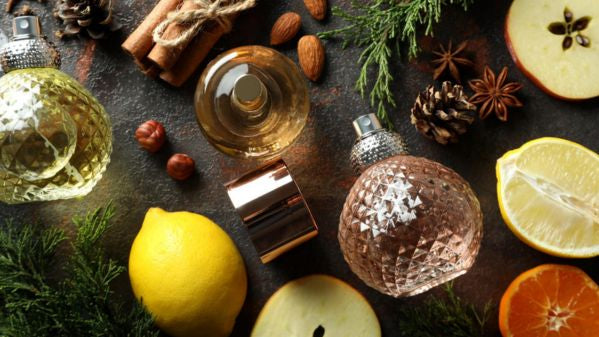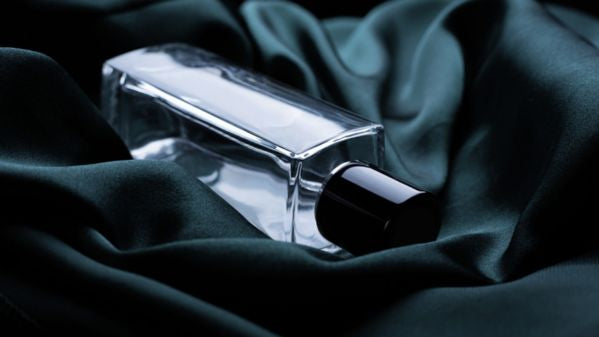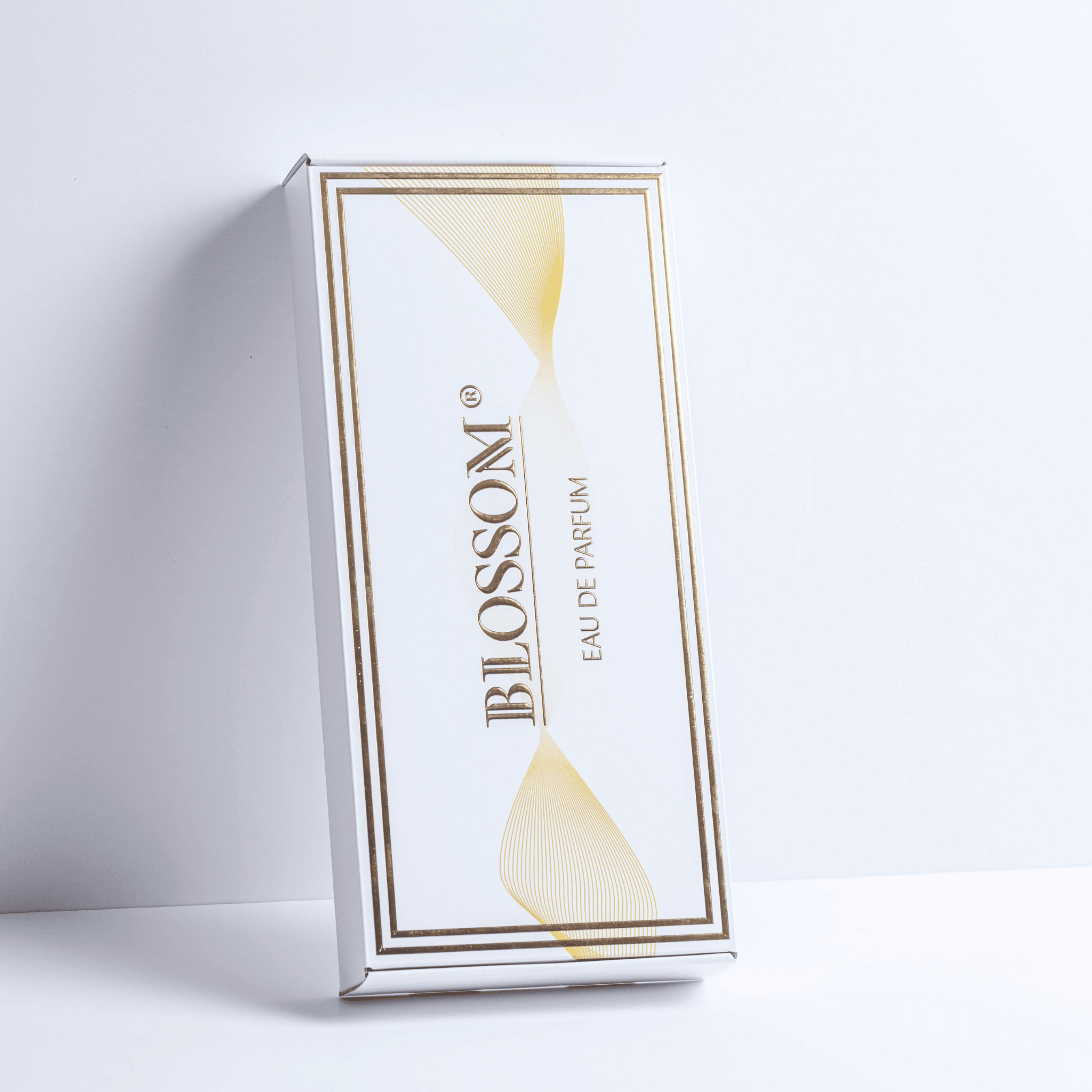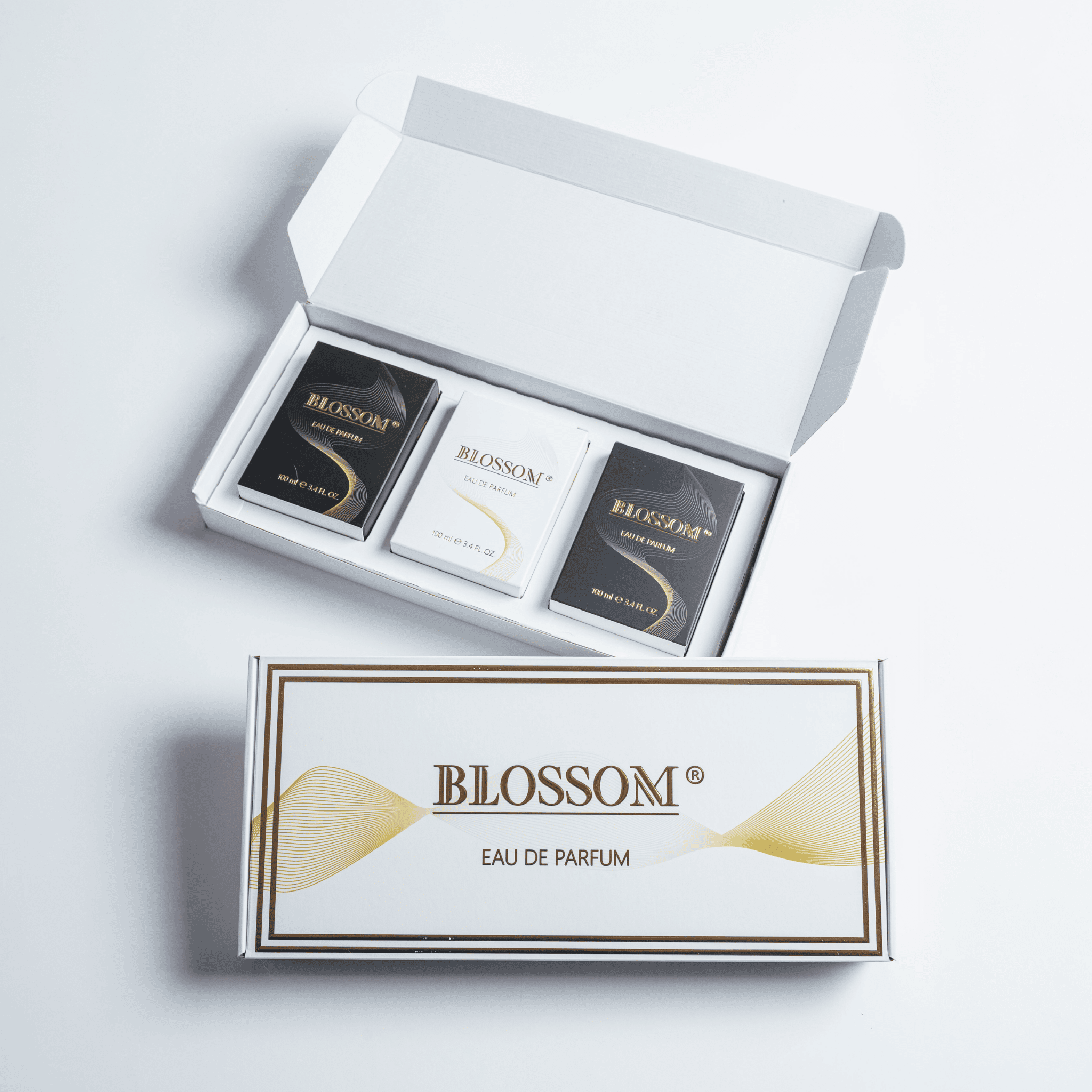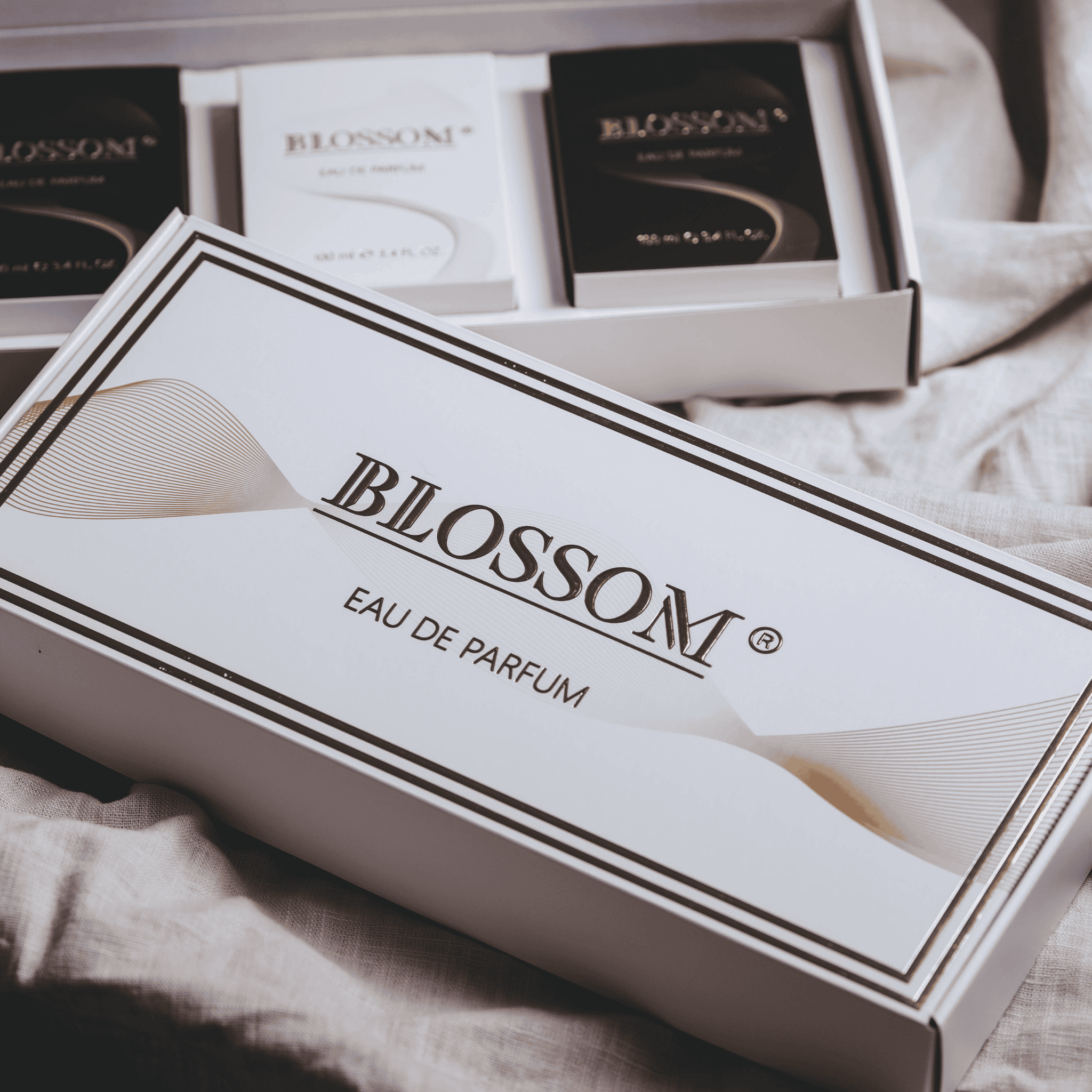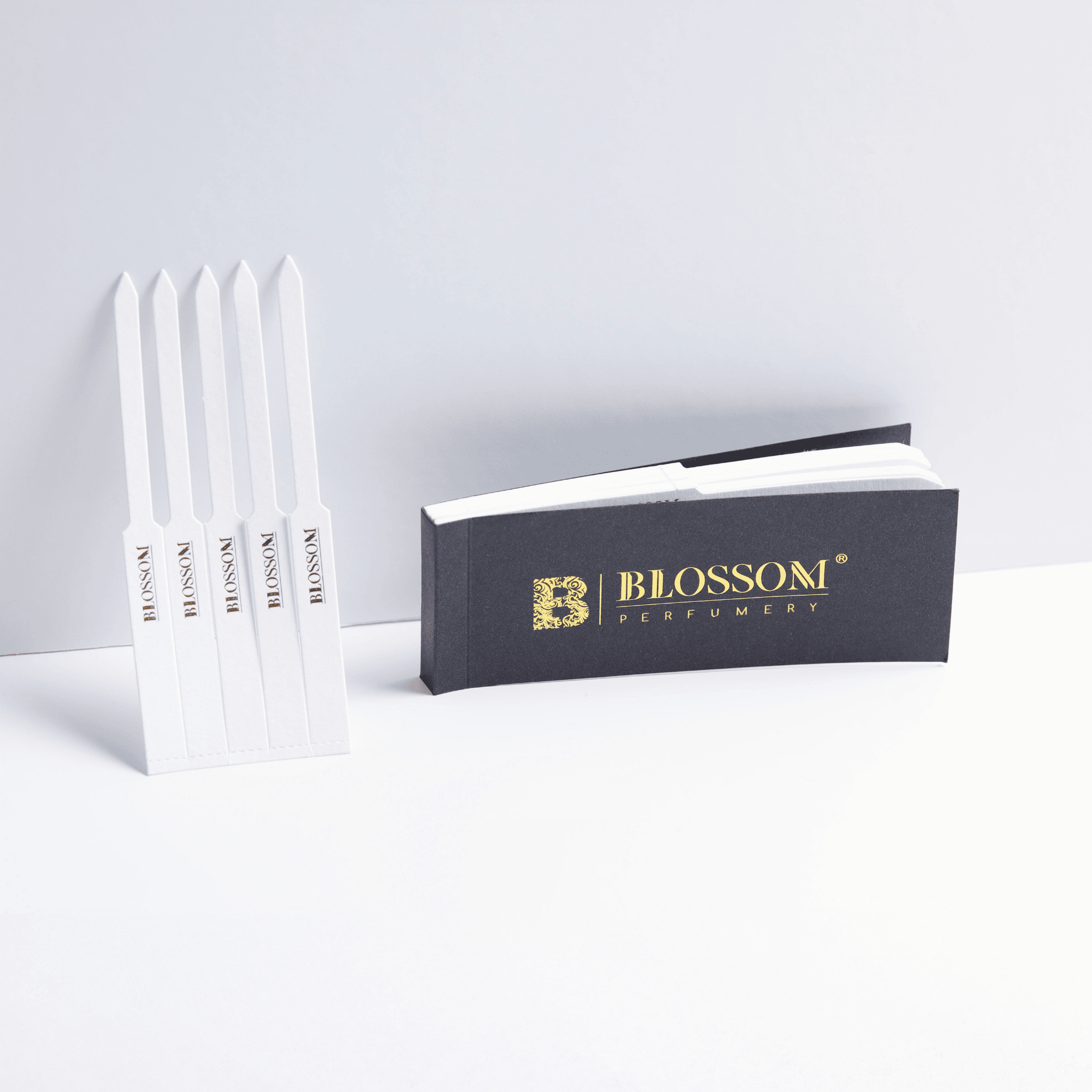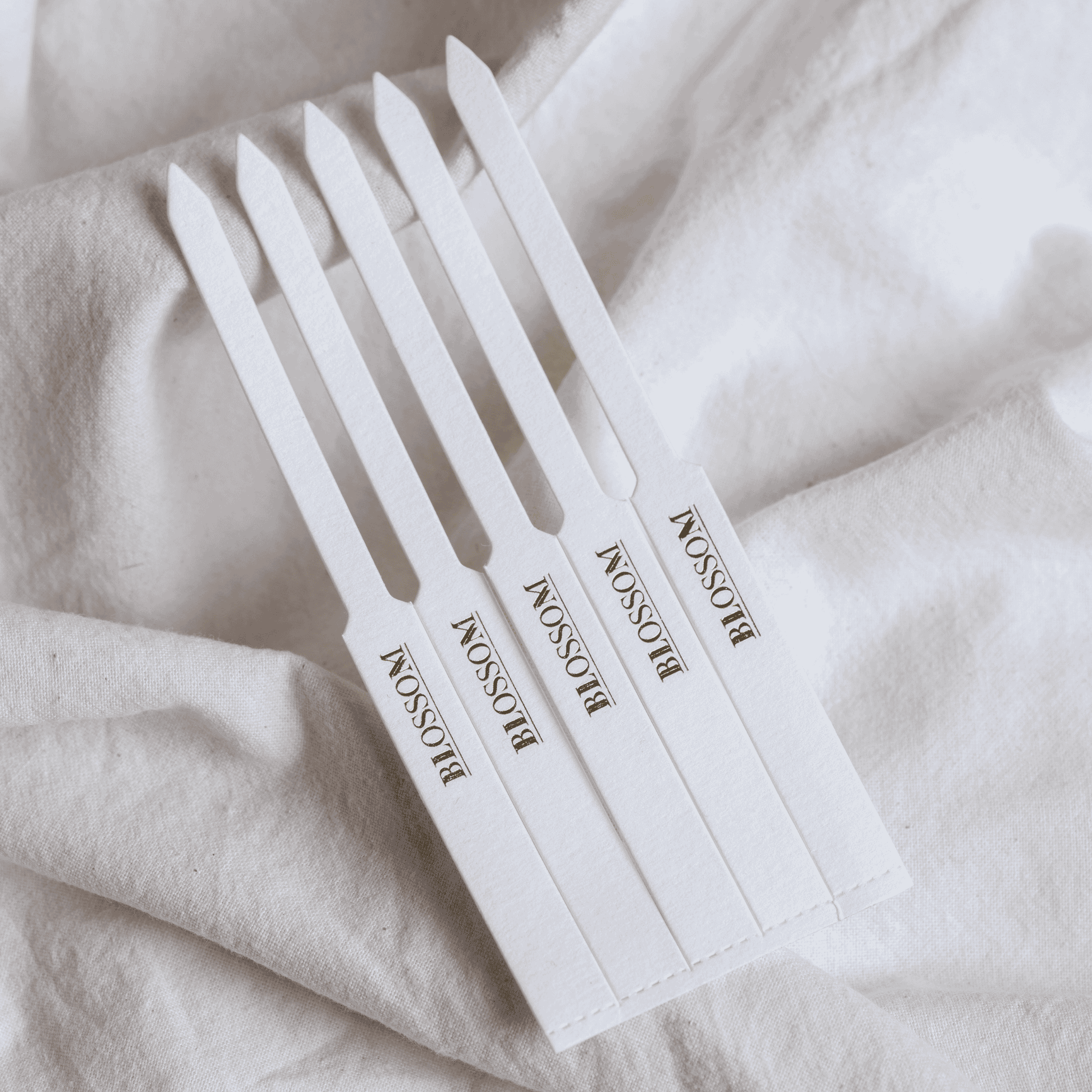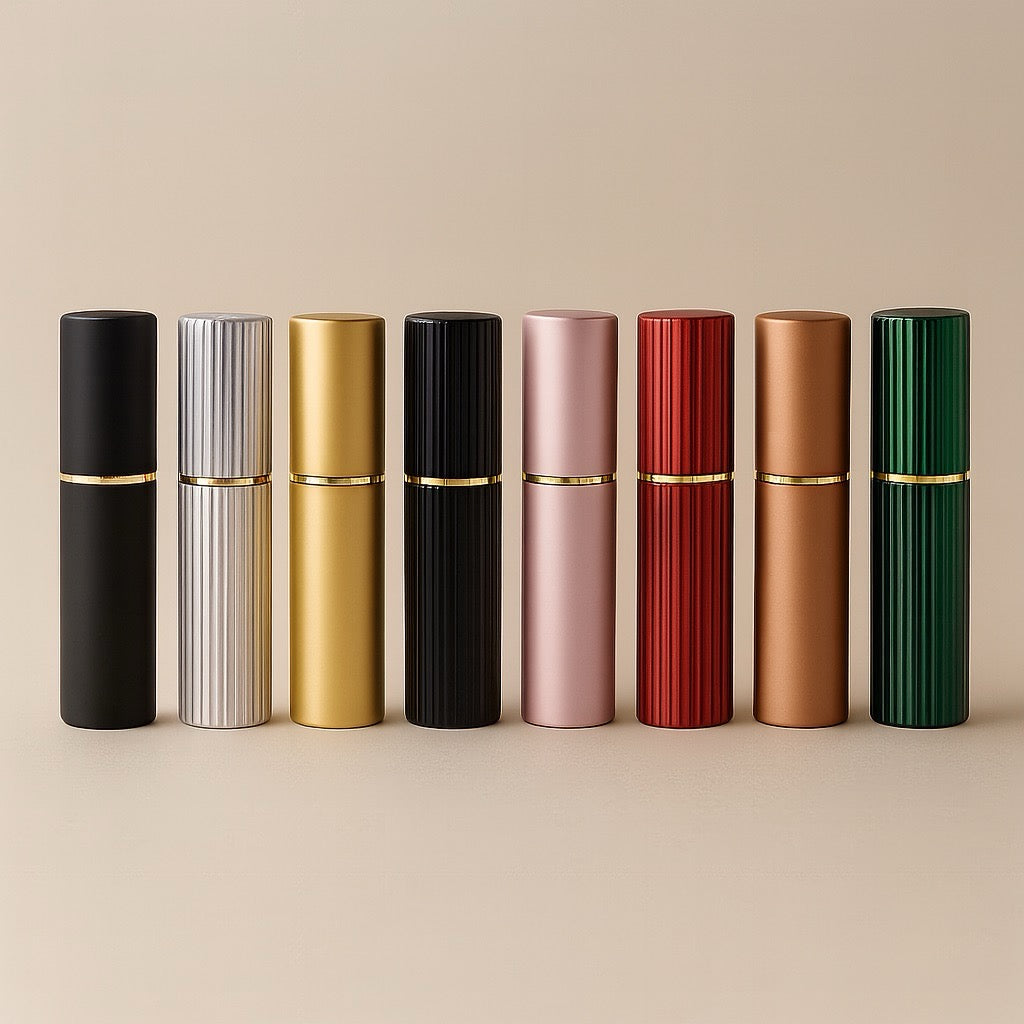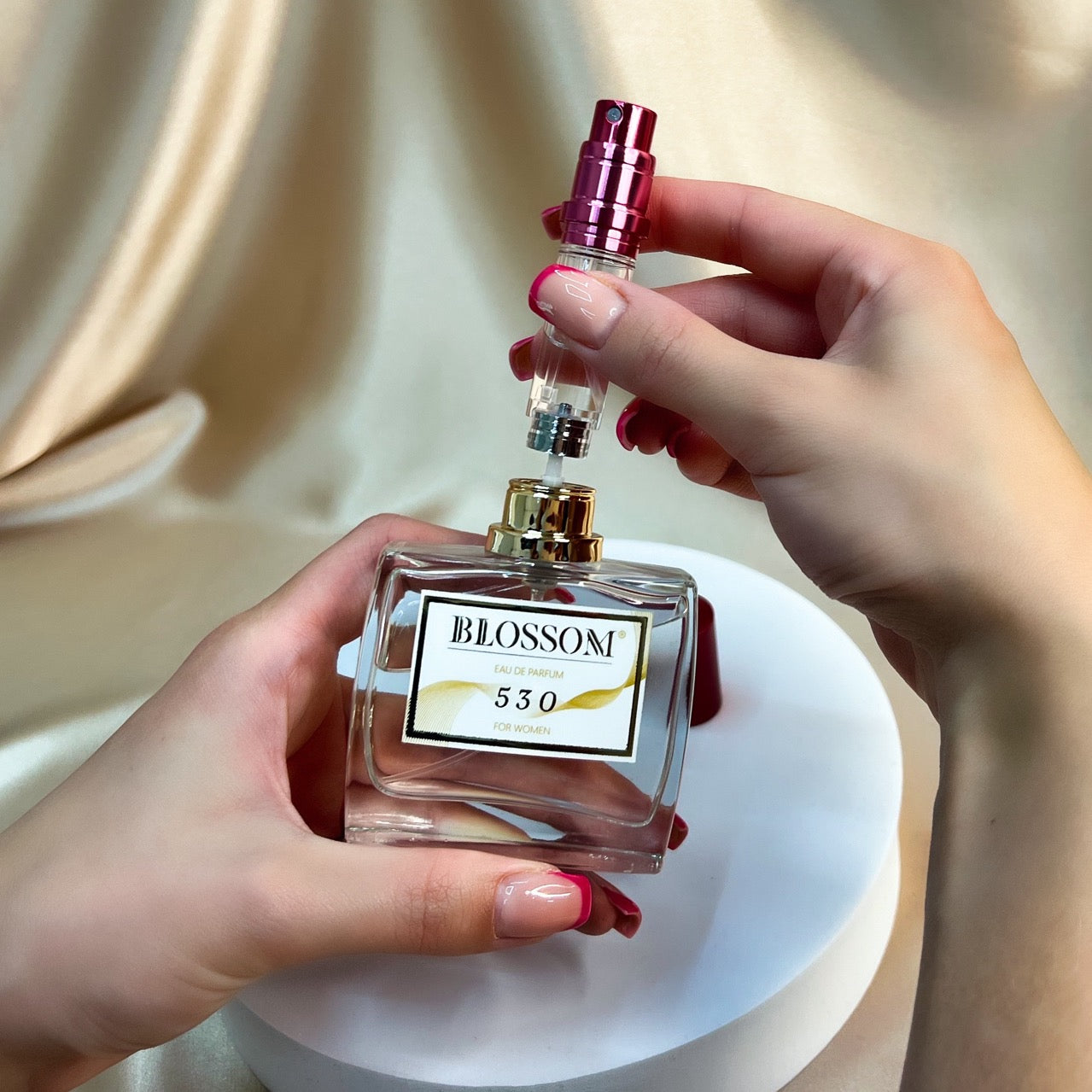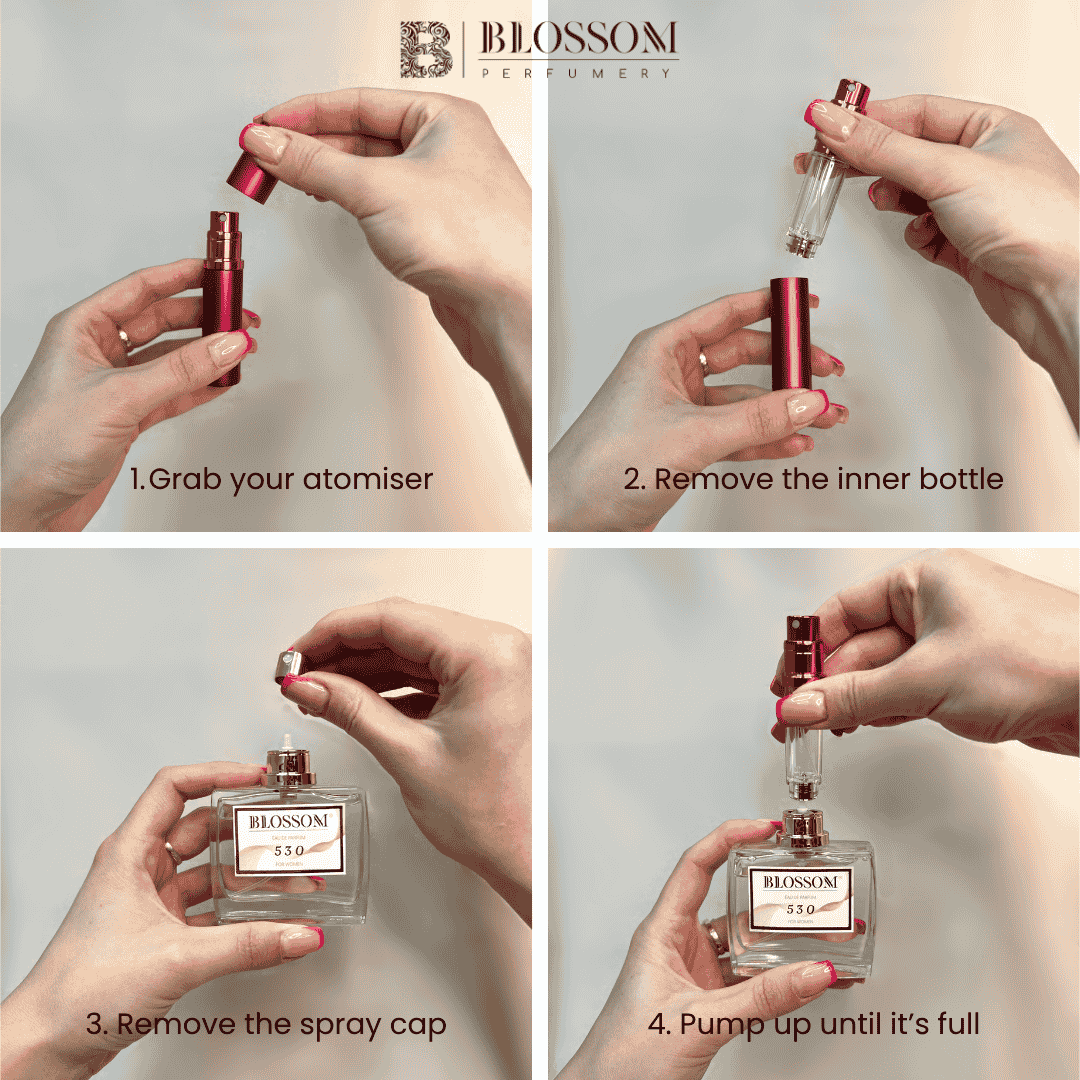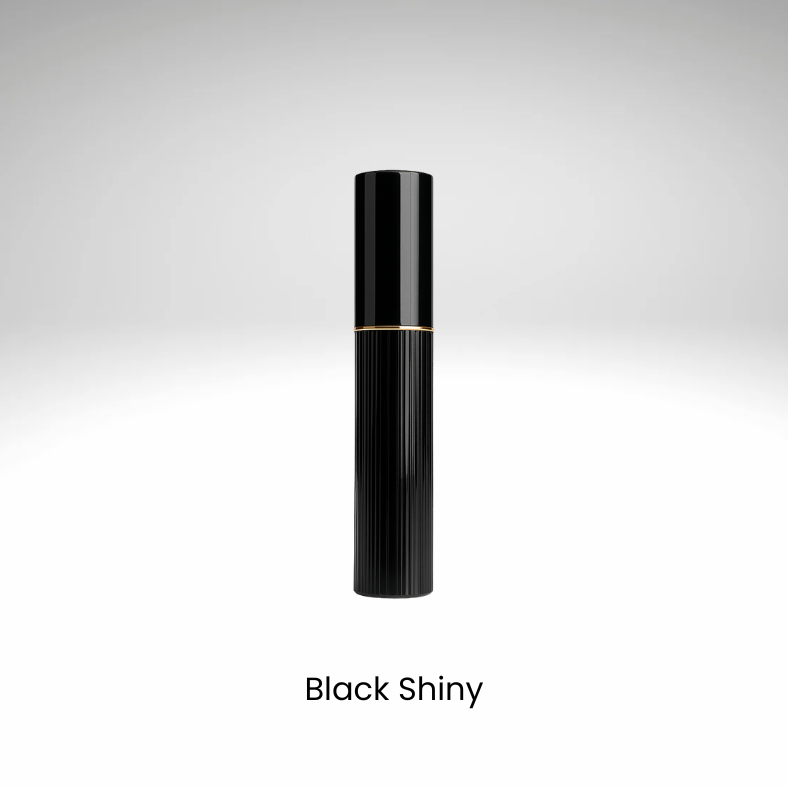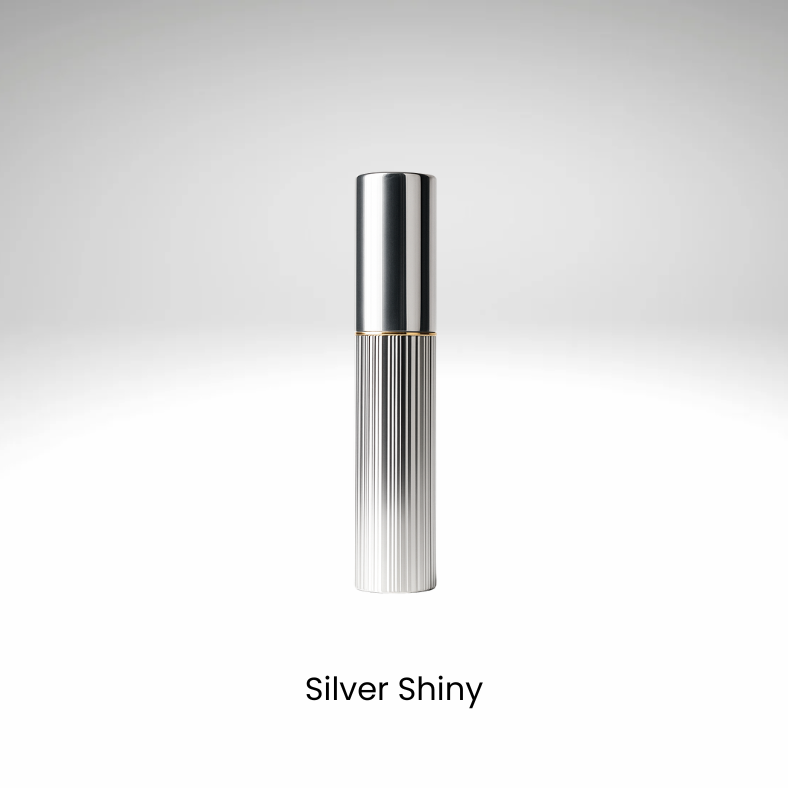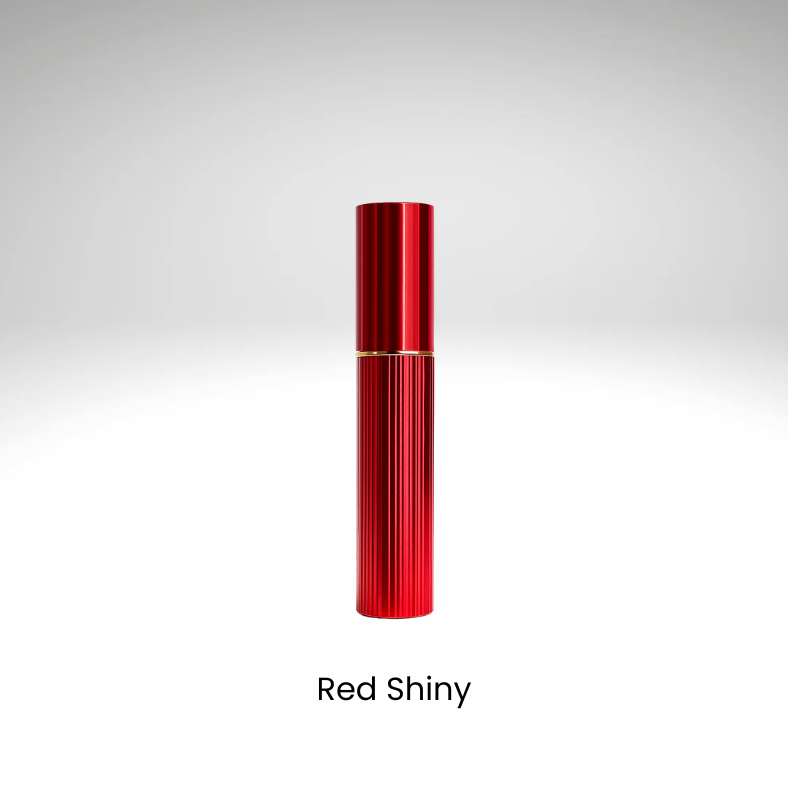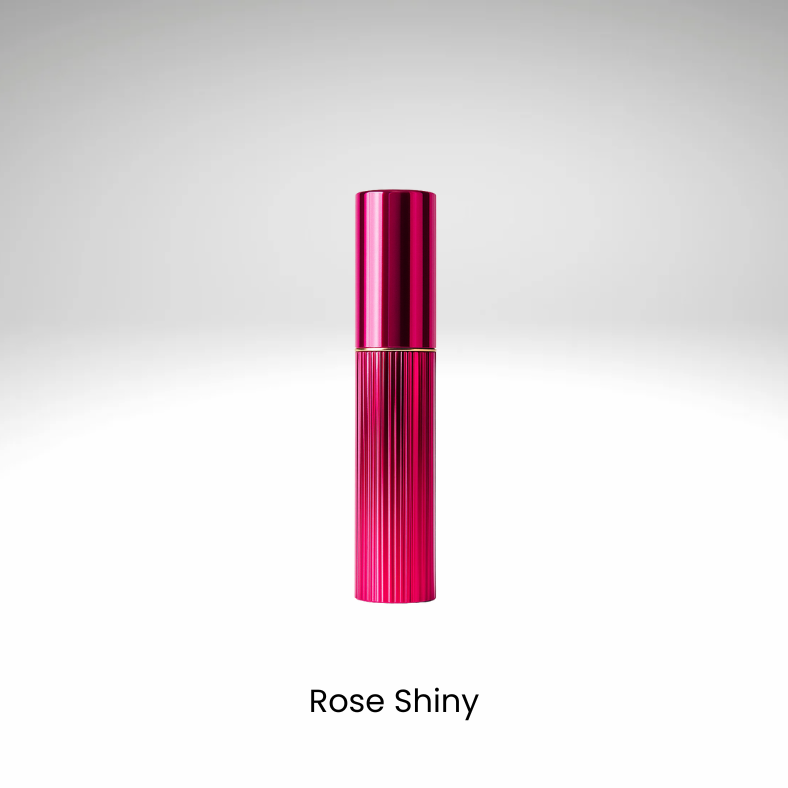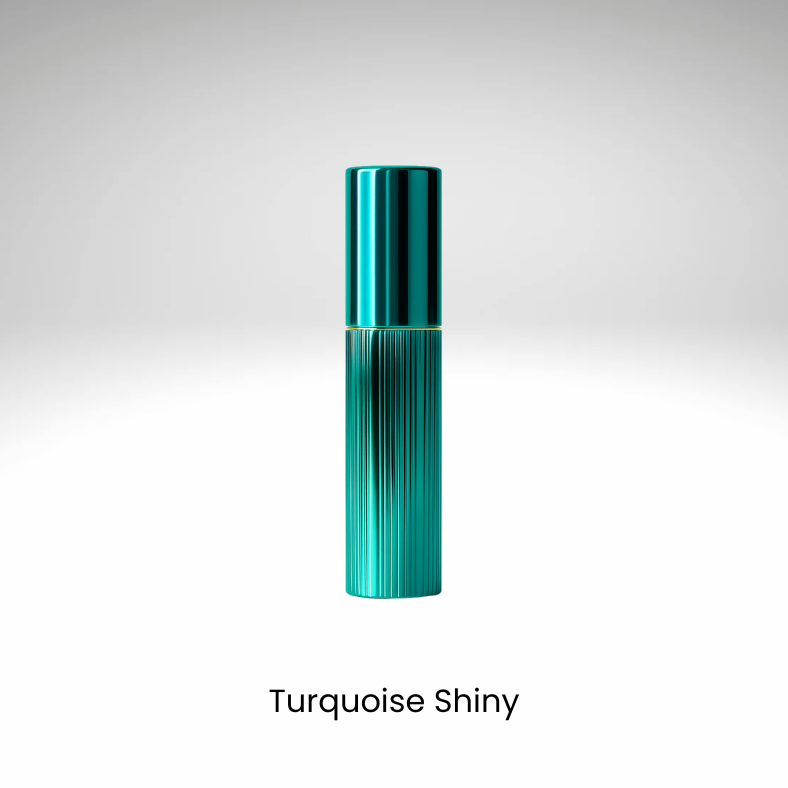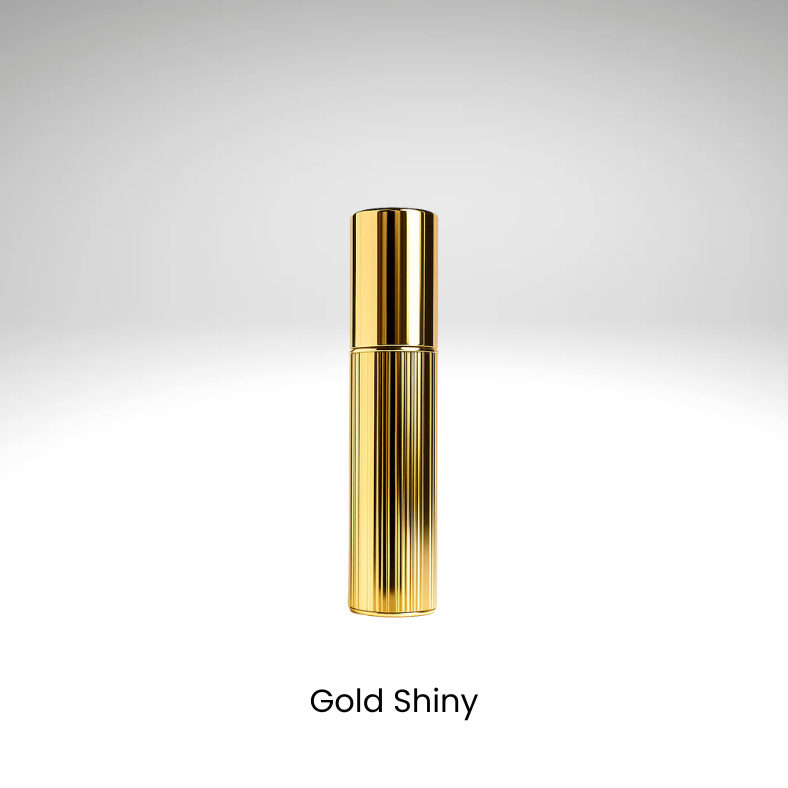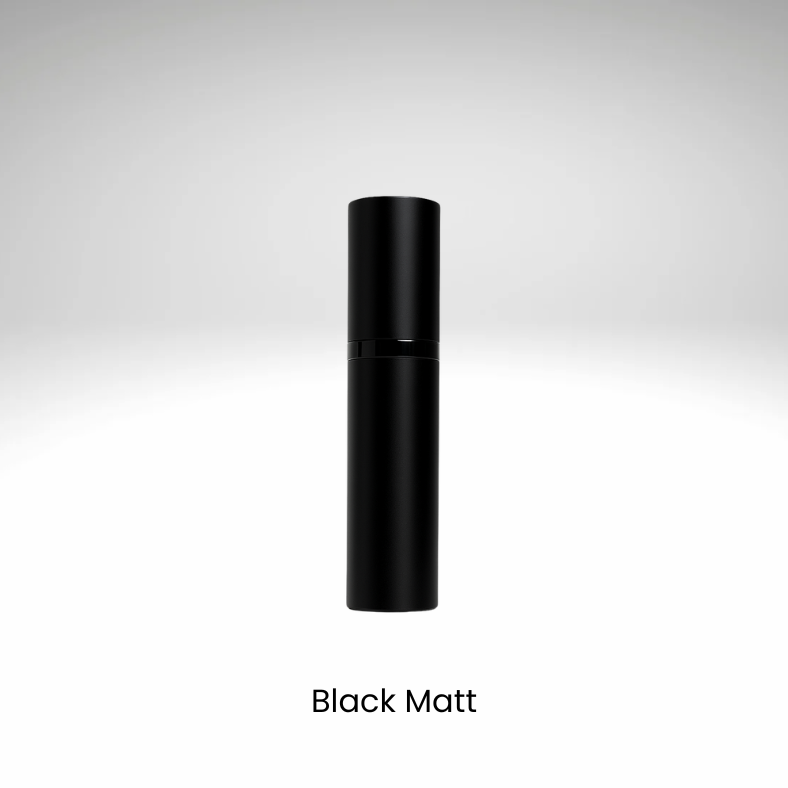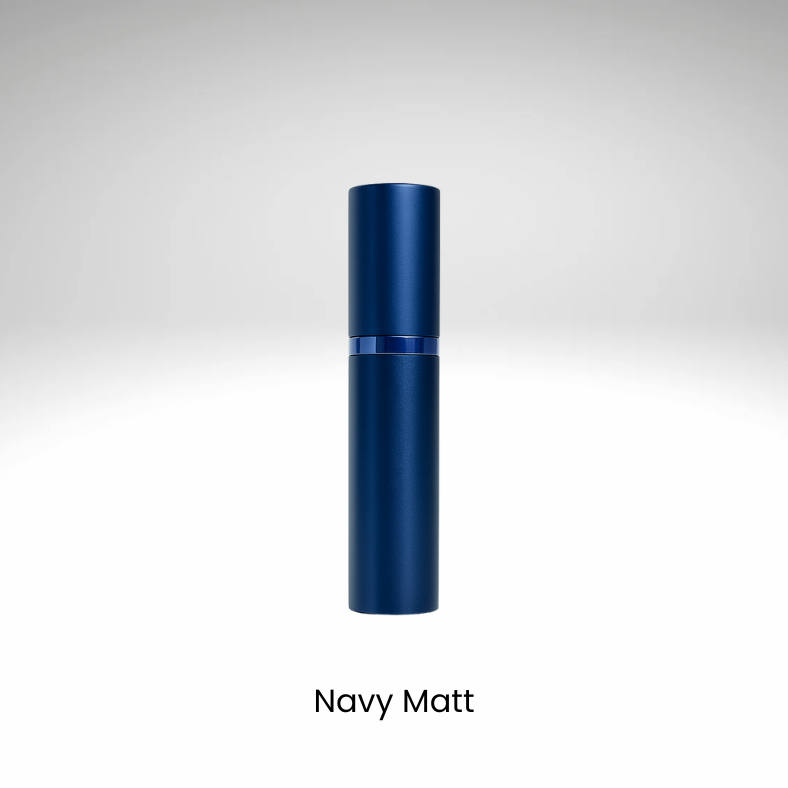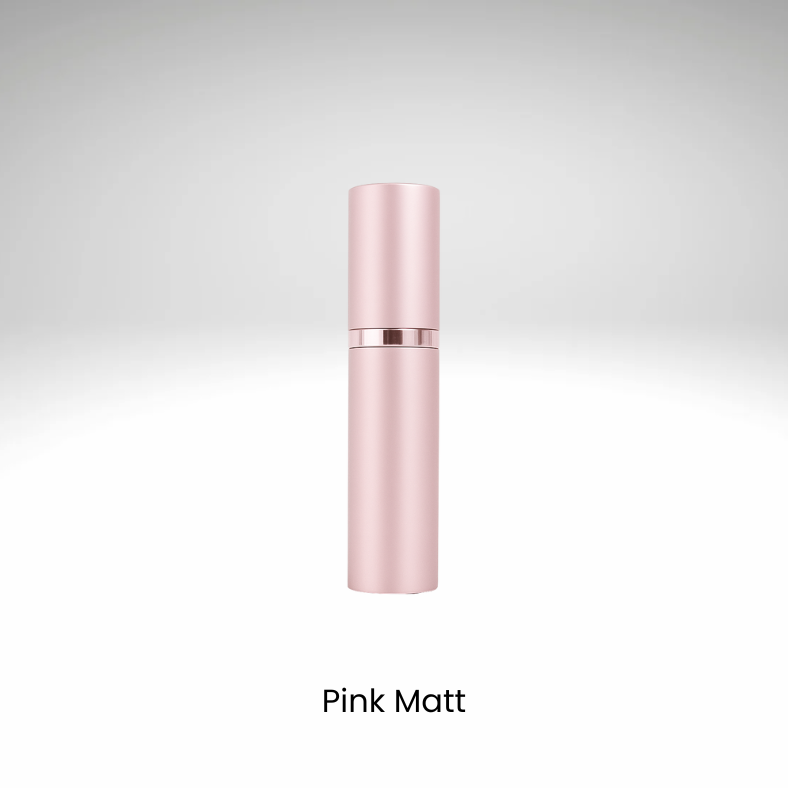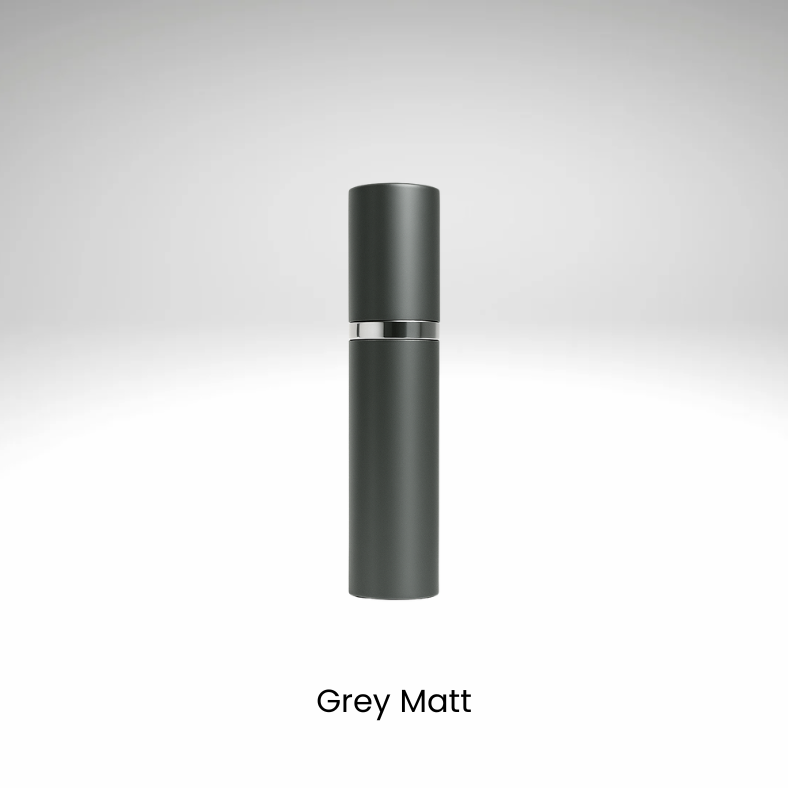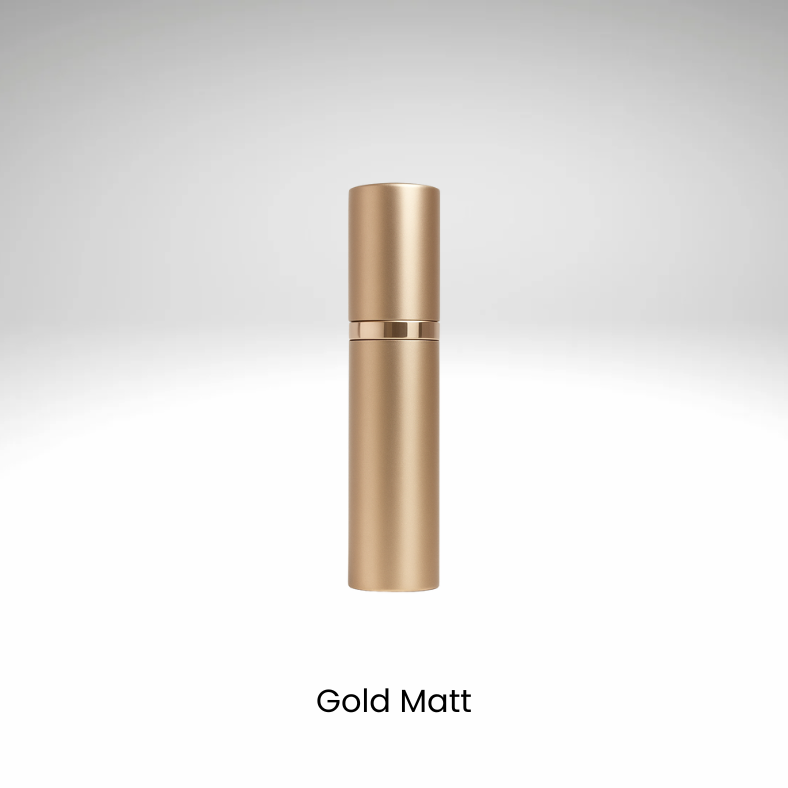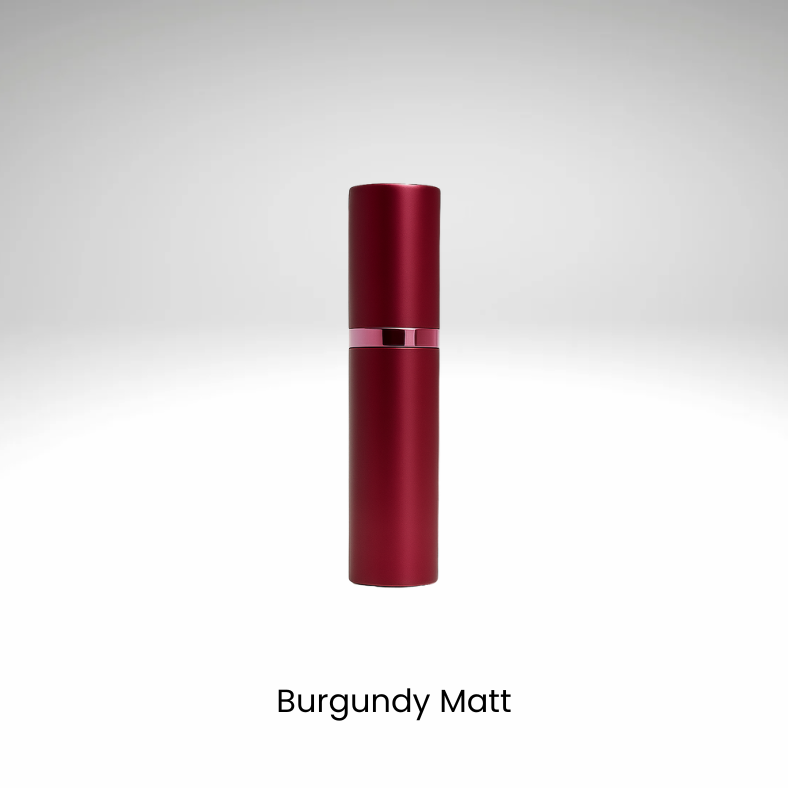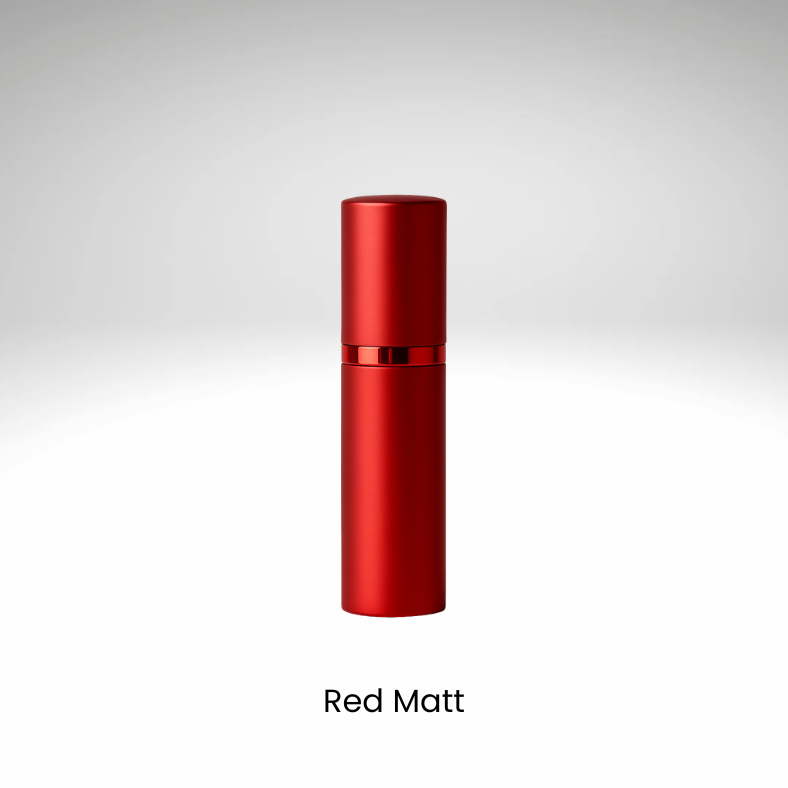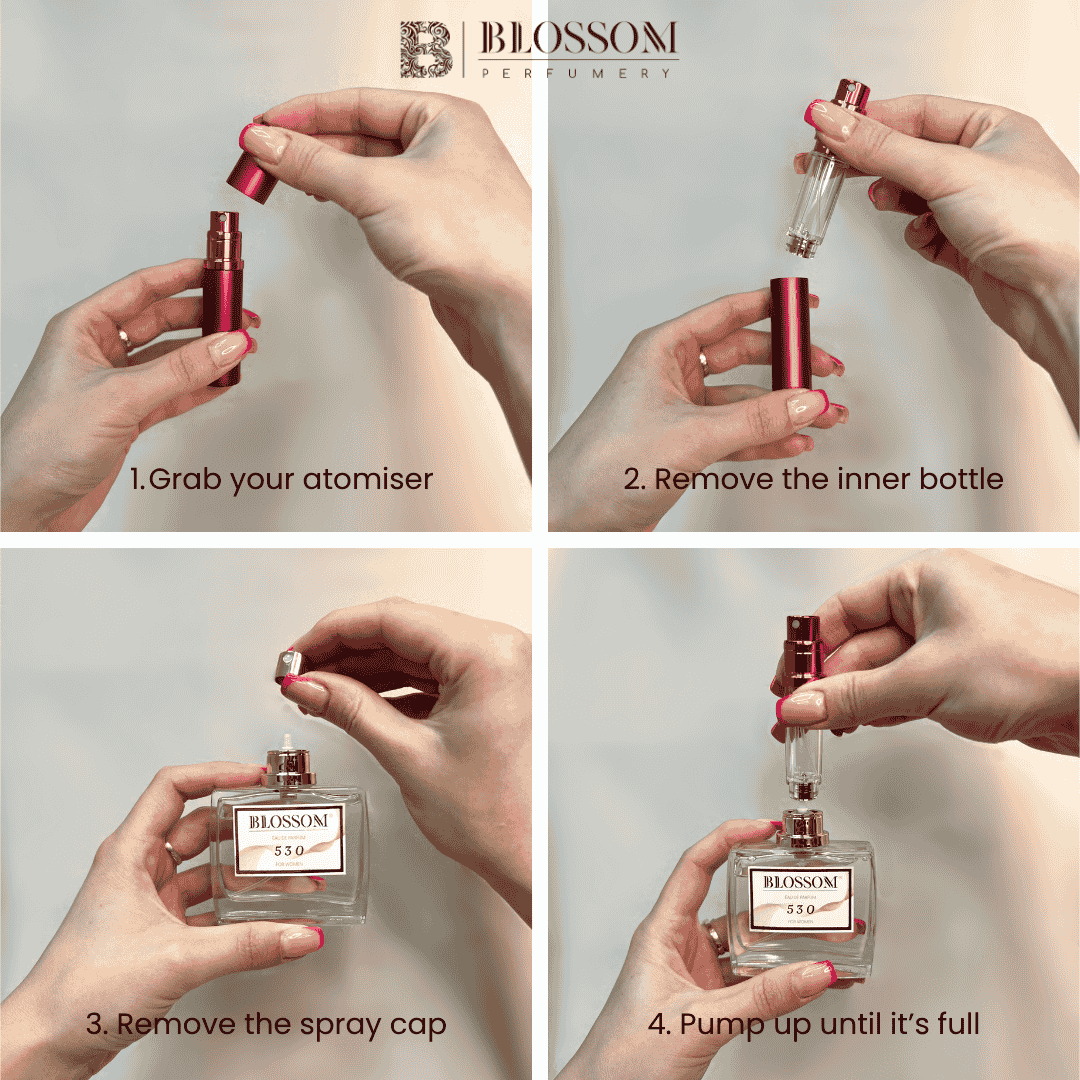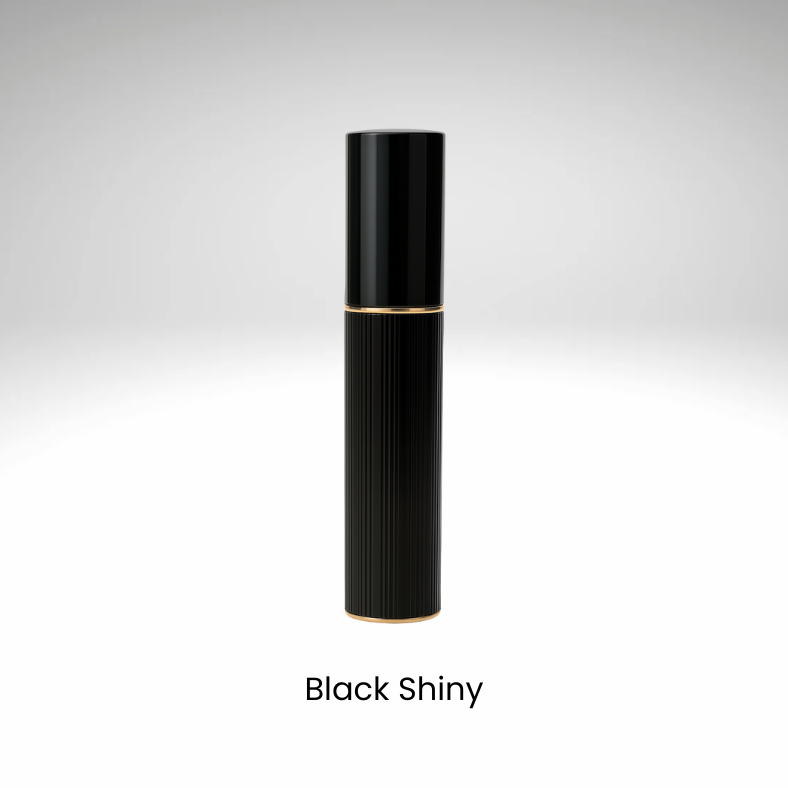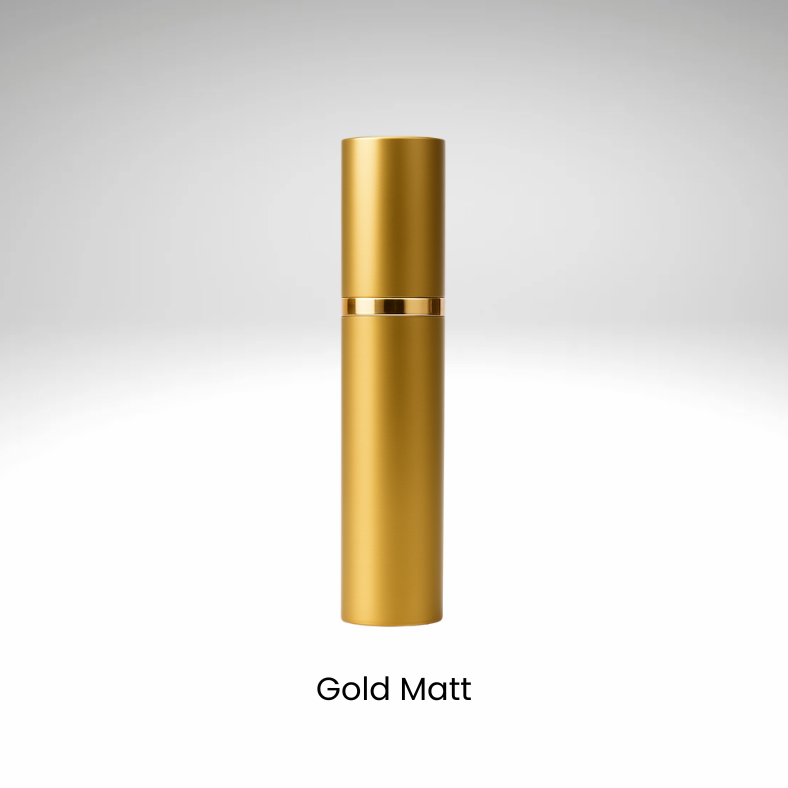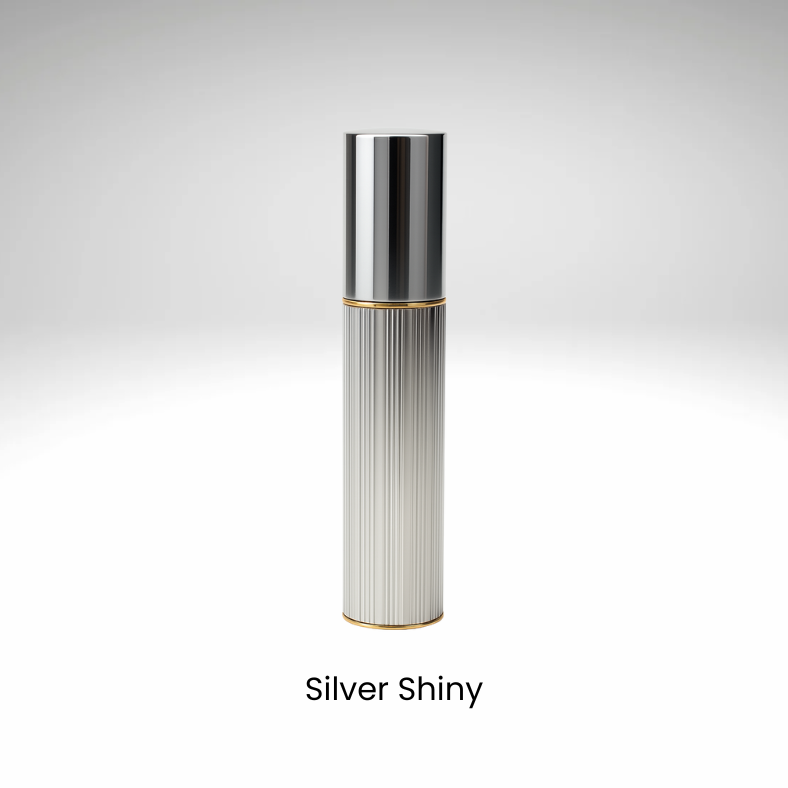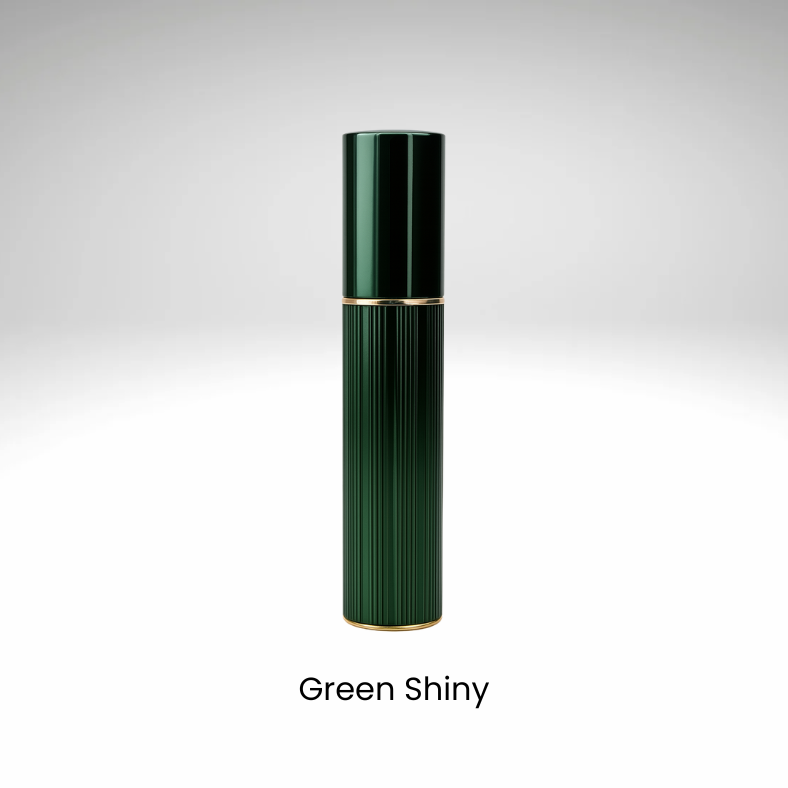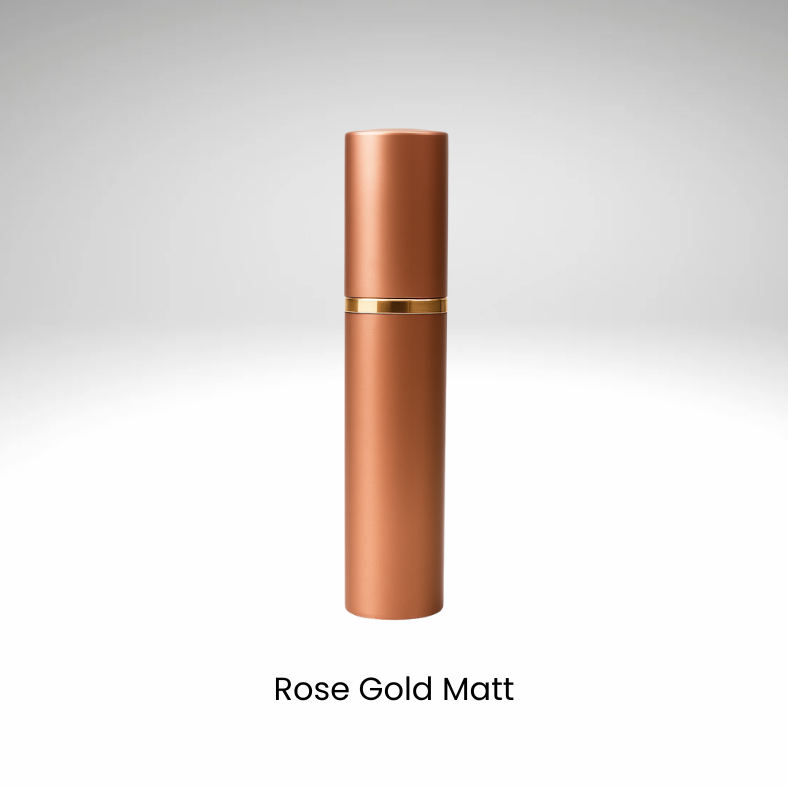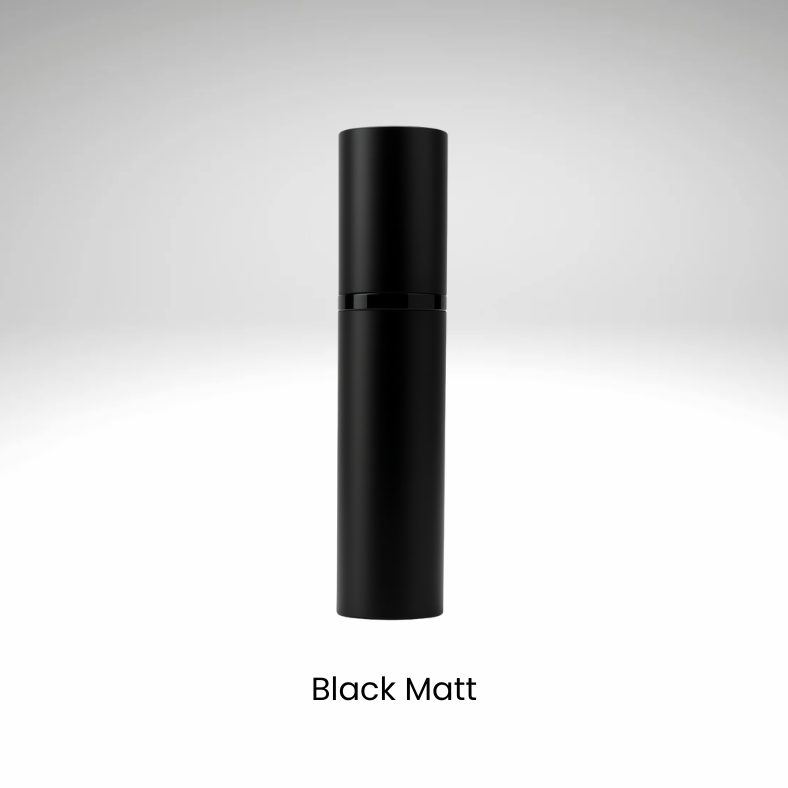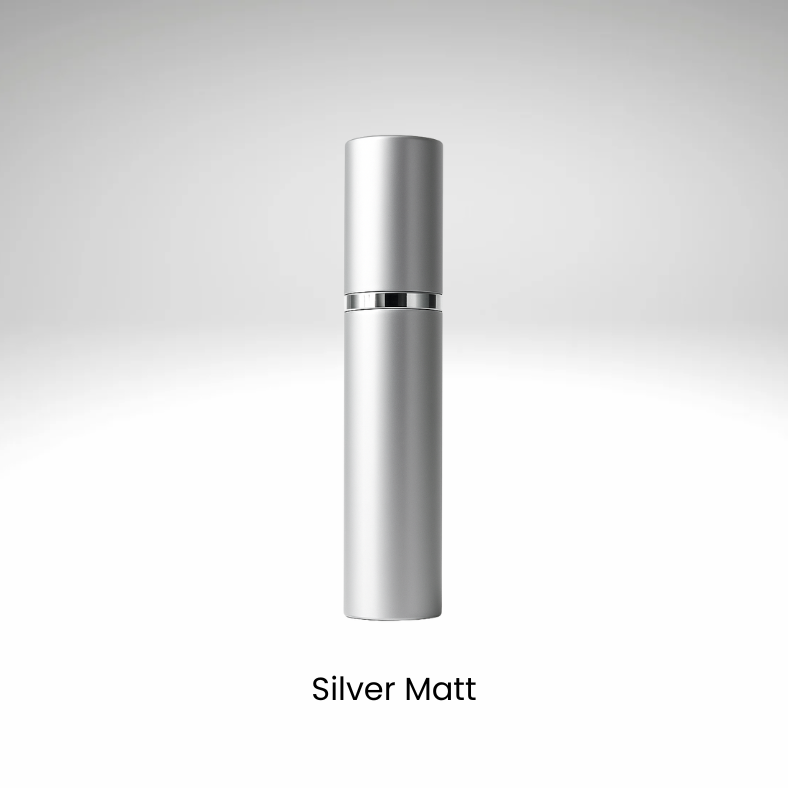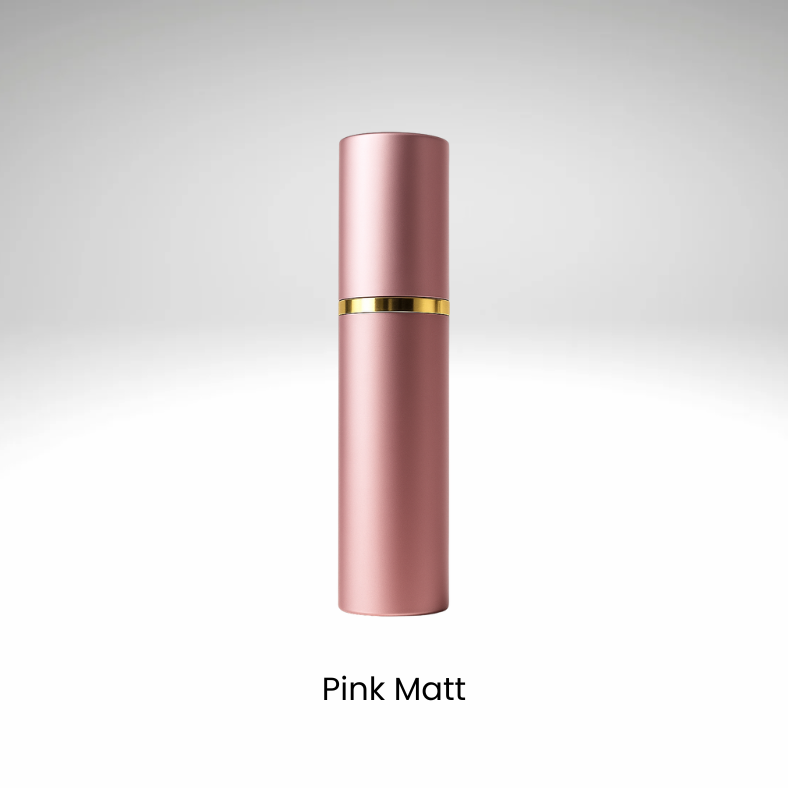Blog
Ambergris in Perfumery: History, Scent, and Its Modern Alternative
Ambergris has long been one of perfumery’s most mysterious ingredients — rare and luxurious. In this article, we’ll uncover what ambergris really is, how it’s been used throughout history, and how modern perfumery recreates its magic through ambroxide — a safer, ethical, and sustainable alternative.
Why Most Perfumes Have 20% Fragrance Oil Concentration — and Why More Isn’t Always Better?
Ever wondered why some perfumes claim 30% oil concentration while others ‘only’ have 20%? More isn’t always better. Check out why!
Workout and Gym Fragrances – Smell Good in the Gym!
Smelling good at the gym is about confidence, not overpowering others. From light citrus and aquatic notes to smart application strategies, here’s how to choose the perfect workout fragrance — and keep it fresh with Blossom.
Eau Fraîche – what it is and how it differs from Eau de Toilette (EDT)?
Light, crisp, and refreshing — Eau Fraîche is the softest expression of fragrance, offering an instant burst of freshness without overpowering. Here’s how it compares to Eau de Toilette and Eau de Cologne, when to wear it, and why it deserves a place in your collection.
What to Know About Pheromone Perfume?
Perfume Guide for Women Over 50
How to Treat Perfume Stains on Clothes?
How Skin Affects Perfume Scent?
Saffron Scent Profile: What Does It Really Smell Like?
What is Perfume Made Of? Key Ingredients Explained
Eau de Toilette: Why It’s Called That and What It Means
Perfume in Diffusers: Is It a Good Idea or a Mistake?
Discover the Blossom Perfumery Blog – Your Guide to Perfume Tips, Trends and Inspiration
Welcome to the our blog, the place where fragrance lovers come to learn more about and explore the world of perfume dupes, inspired scents, and affordable luxury. Here, we share tips on finding the perfect signature scent, guides on the best designer perfume alternatives, and insider knowledge on how to use your fragrances so that they are more enjoyable.
We love fragrances, and we believe that even the most luxurious scents should be accessible to everyone. That’s why our perfumes are crafted with premium oils, offering long-lasting Eau de Parfum strength without the designer price tag. Whether you’re searching for women’s perfume dupes, men’s fragrance alternatives, or versatile unisex scents, our blog will help you choose with confidence.
Explore our blog articles, discover more about perfumes - and find your new favourites. Let Blossom Perfumery guide you to your perfect scent.

